Who was St. Patrick of Ireland? Find out in this Saint Patrick biography, written from a Protestant, historical perspective.

Who Was St. Patrick of Ireland?
When I was in elementary school, I got pinched on St. Patty’s Day. Every time. I didn’t know who St. Patrick was, and besides, my mom wasn’t fond of green. I’m not sure I even owned any clothing that color.
I didn’t figure out who St. Patrick was until I was a parent. My boys were watching a Veggie Tales movie and there was a little short about the “pig boy”. That’s when I realized that God’s providence is amazing–and Patrick of Ireland was pretty cool. (What can I say? I first learned about Christian history from singing vegetables. Well, a sock puppet, really.)
Michael A.G. Haykin approaches the subject of St. Patrick with the assumption that the reader is already familiar with Patrick. That’s because Patrick of Ireland: His Life and Impact by Haykin (Christian Focus, 2014) is a part of Christian Focus Publications’ Early Church Fathers series (for which Haykin is the editor). The series is aimed at adults and the book is written as a scholarly biography rather than a narrative biography.

What makes me think this Saint Patrick biography is accessible and appropriate for high school?
First, high school students are reading adult books.
This is the age of preparation for college. I remember reading a 900+ page biography on Sigmund Freud for extra credit as a sophomore in high school. This book is a much easier read.
Second, the book is understandable and accessible.
Though the chapters are themed rather than arranged according to the sequence of events in Patrick’s life, a high school student should be able to process the information presented. It might help if your student has a little background on the story of Patrick before reading the book. I recommend this short video from Rose Publishing:
Saint Patrick Biography
Patrick of Ireland consists of four chapters, beginning with ‘I am Patrick’. The book is just a short 98 pages, perhaps because the source material on him is scant. I appreciate the fact that Haykin (who is a Professor of Church History and Biblical Spirituality at Kentucky’s Southern Baptist Theological Seminary as well as Director of the Andrew Fuller Center for Baptist Studies) cuts through the myths and legends and uses the only true source material available: Patrick’s autobiography, and a scathing letter written by Patrick to errant soldiers. You won’t find any strange stories of snakes in this book. Haykin also explains some of the theological, historical, and cultural context of the time Patrick was born into as well as some of the questions regarding his life and ministry.
‘One God in the Trinity of the holy name’ begins with a creedal statement from Patrick’s work. Haykin analyzes Patrick’s theology and finds it sound. I tend to envision Christian figures operating in a vacuum without any interaction in actual history, which of course they do not. Patrick was living, studying and ministering in the midst of paganism, Arianism, and Pelagianism. It was against these false teachings that he labored.
‘I am bound by the Spirit’ discusses Patrick’s mission to Ireland. Michael Haykin opens with the impact Patrick’s life had on William Carey. He explains the challenge presented to Patrick’s mission by Celtic paganism, the contemporary view of the western church toward missions, Patrick’s passion regarding his mission, and his impact upon Ireland.
In the last chapter, ‘God has spoken’, Haykin describes Patrick’s understanding of the Bible (and the challenges to the Scriptures at that time), prayer, and the Holy Spirit (he experienced several significant dreams) are explored. We also learn of Patrick’s role as the Irish bishop.
Patrick of Ireland: His Life and Impact is a great exploration of Patrick’s role in the history of the Church. I’m excited about the new Early Church Fathers series and it’s accessibility for high school students. You’ll likely want to sneak away with the book once they’re done reading, because it is a fascinating read.
Purchase Patrick of Ireland
Purchase Patrick of Ireland: His Life and Impact at:
Patrick of Ireland: His Life and Impact (Biography)

Would you like some free notebooking pages to go with the book? Check out Ten Facts about Patrick of Ireland. You’ll find free, downloadable notebooking pages for grades 1-12!
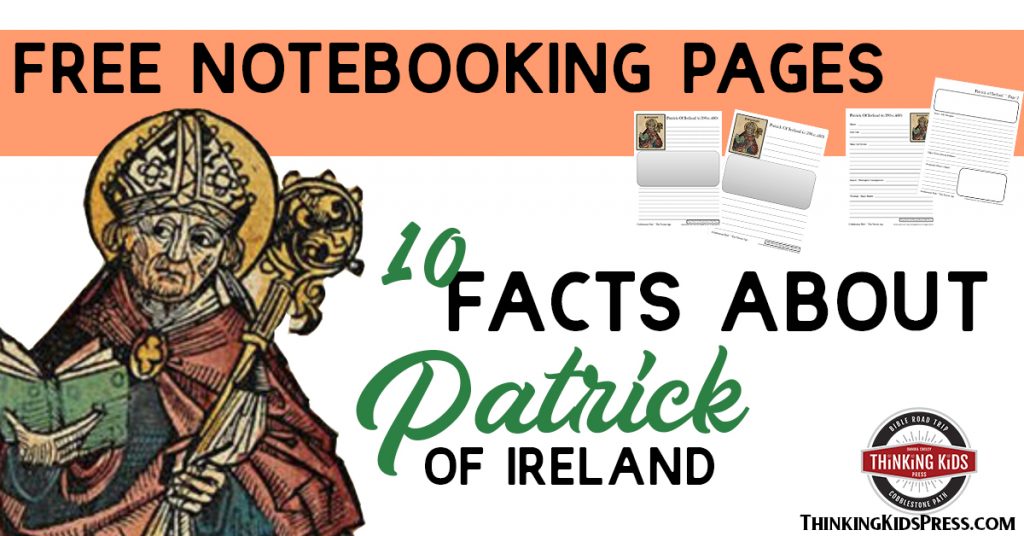
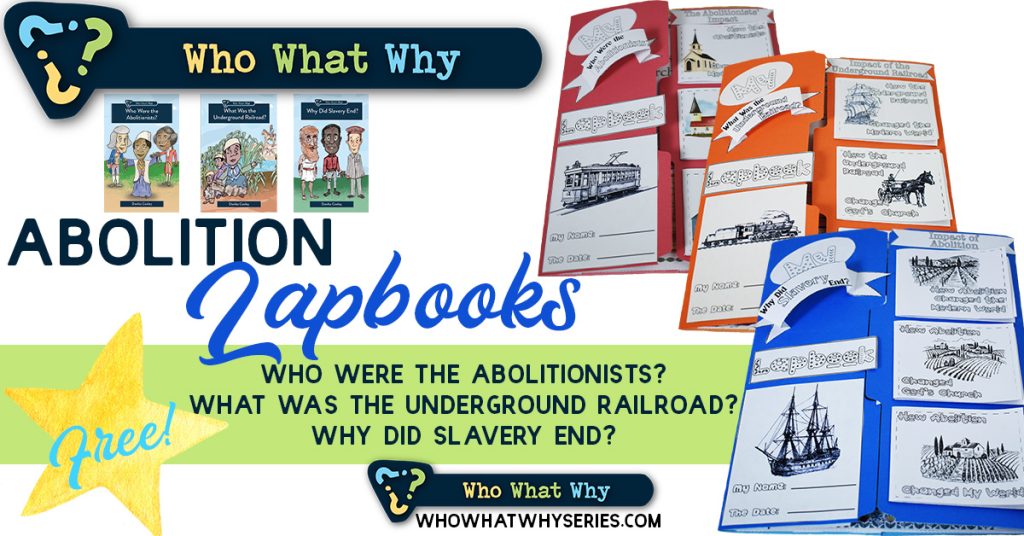
Learn more about the Who What Why series and get your FREE Abolition Lapbooks here.
Bible Resources for Your Kids
Learn More HereLearn More HereLearn More HereLearn More HereLearn More HereLearn More Here
Martin Luther and the Reformation
Teach your teens about Martin Luther and the Reformation in an exciting, new way with When Lightning Struck!: The Story of Martin Luther! The book also makes a wonderful family read-aloud.
Martin Luther (1483-1546) is often referred to as “The Father of the Reformation”. Born during a time of superstition, tradition, and spiritual corruption, Luther gave up a lucrative career as a lawyer to become a monk in the Roman Catholic Church–a path he felt would certainly lead to salvation.
As Luther’s understanding of the spiritual corruption within the Church grew, and he despaired of true salvation, Luther (now a scholar and priest) sought the Bible for answers. Following his discovery of the true gospel in Scripture, Luther began to preach spiritual freedom to his congregation, and to teach biblical (rather than philosophical) theology at the University of Wittenberg.
It was on October 31, 1517 that Martin Luther penned his Ninety-Five Theses in Latin in response to the abusive indulgence sales practices of the monk Johann Tetzel in a nearby town. Luther nailed the Theses to the door of the Wittenberg Castle Church, the scholarly bulletin board of his day, and mailed a copy to the Archbishop of Mainz. Luther hoped to start a scholarly debate about the practice of selling salvation through plenary indulgences. The response he received was greater–and more dangerous–than he imagined it would be.
Luther’s story is exciting. There are death defying moments, epic spiritual battles, narrow escapes, a kidnapping, revolution, and war. As the “Father of the Reformation”, Luther is a vital figure in Church history. His sacrifice and willingness to wage battle against the spiritual, religious, and political powers of his medieval world allowed Christians throughout time to embrace the truth of salvation by grace alone through faith alone in Christ alone as explained by Scripture alone once again. May all glory be to God alone!
Read portions of the first eight chapters of When Lightning Struck!:
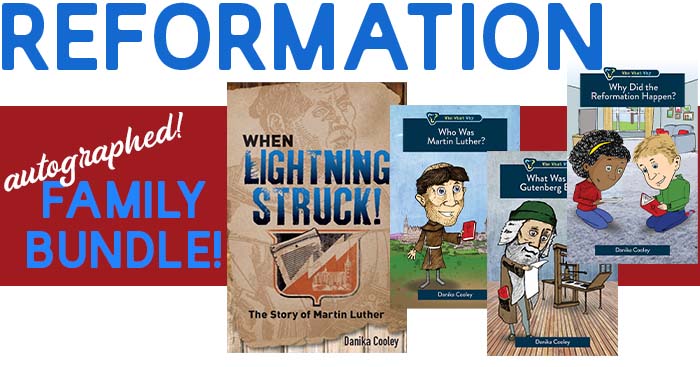
Grab the autographed Reformation Family Bundle!
More Thinking Kids Posts You’ll Love!

Join the newsletter

Get the Family Prayer Box Project FREE!
Teach your children to pray with this fun project that includes 7 printable sets!



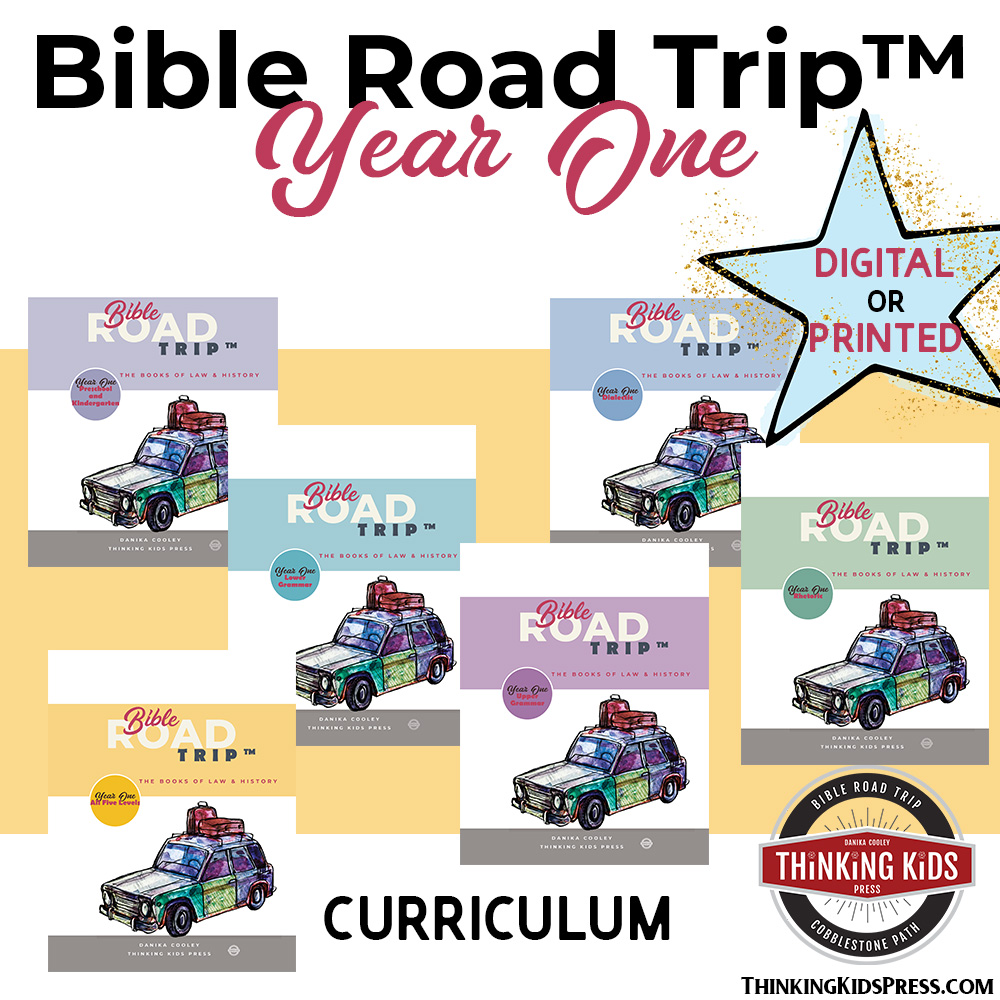
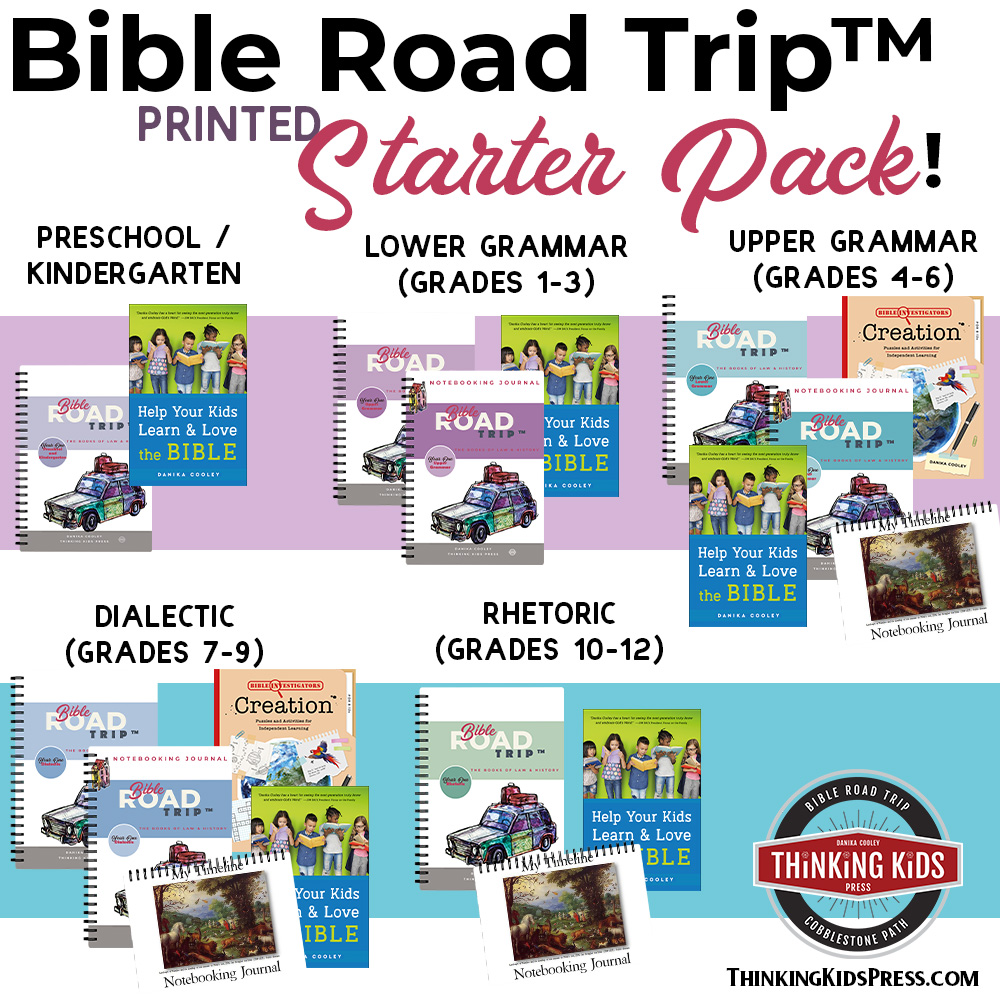
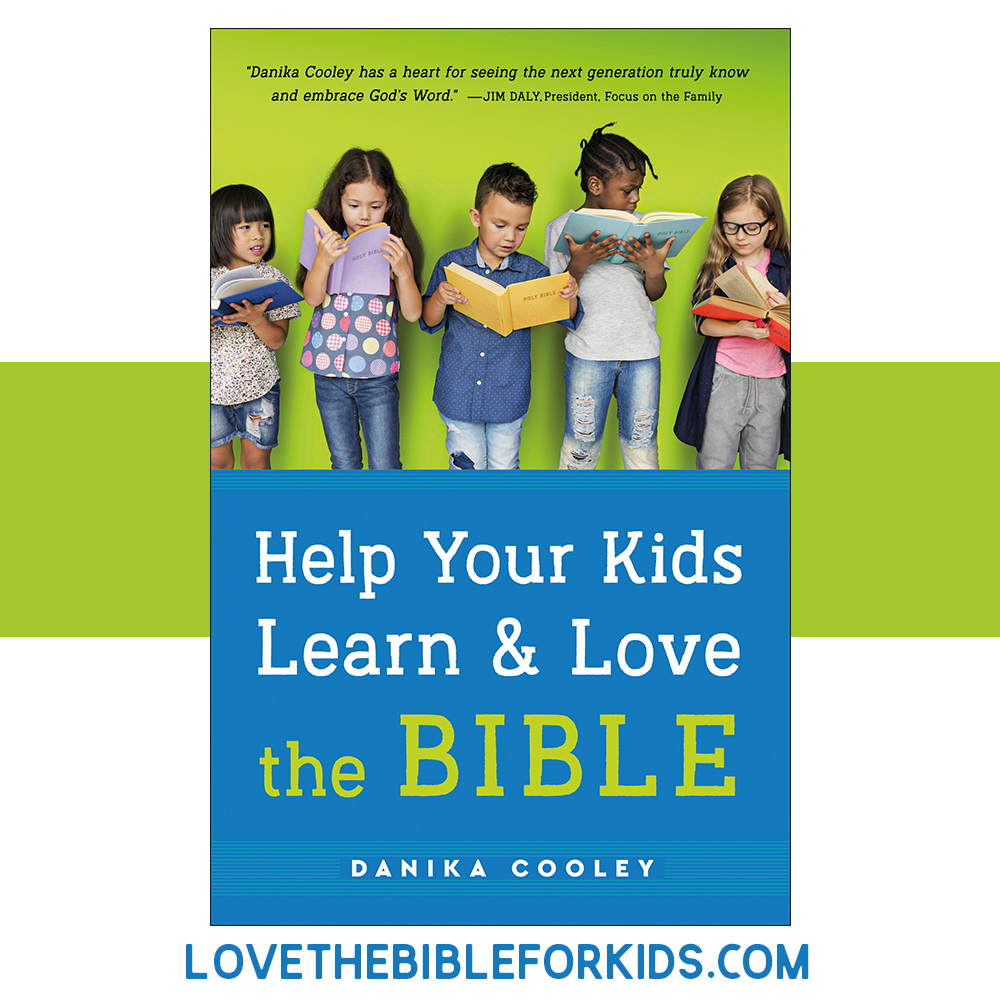
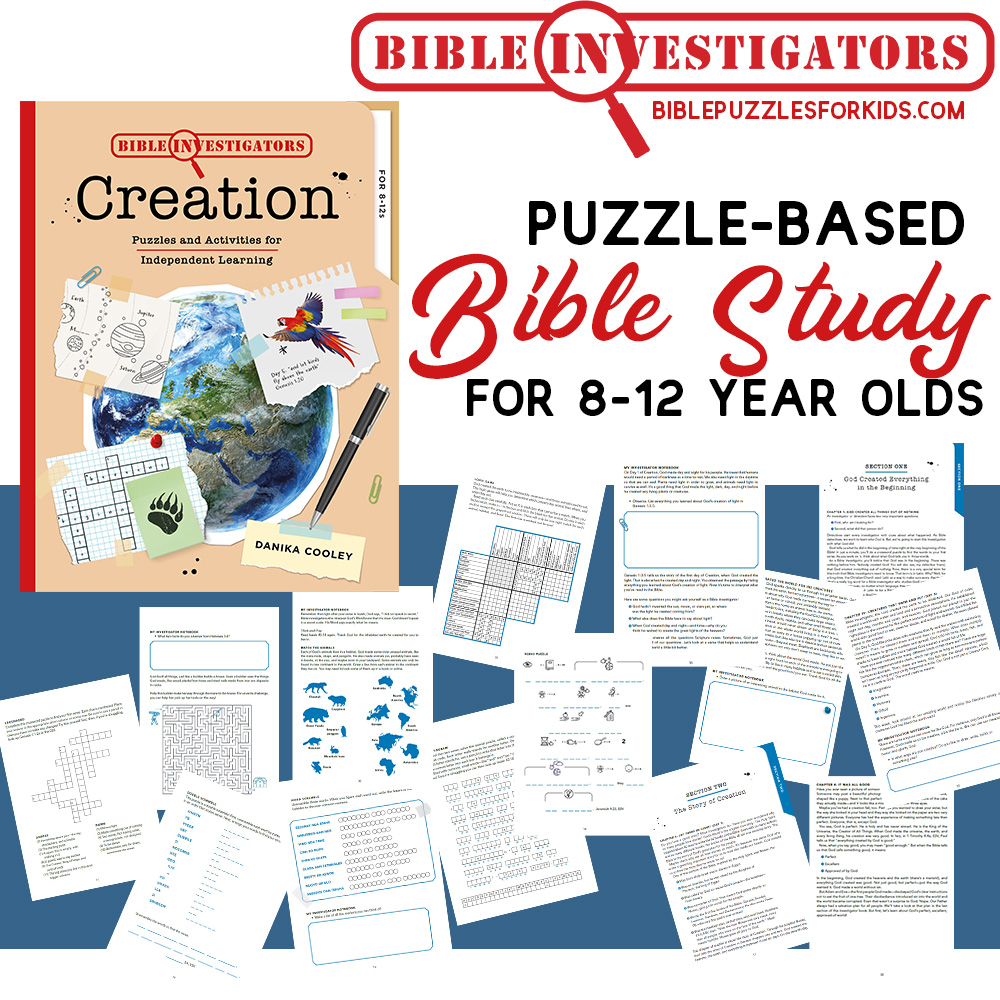
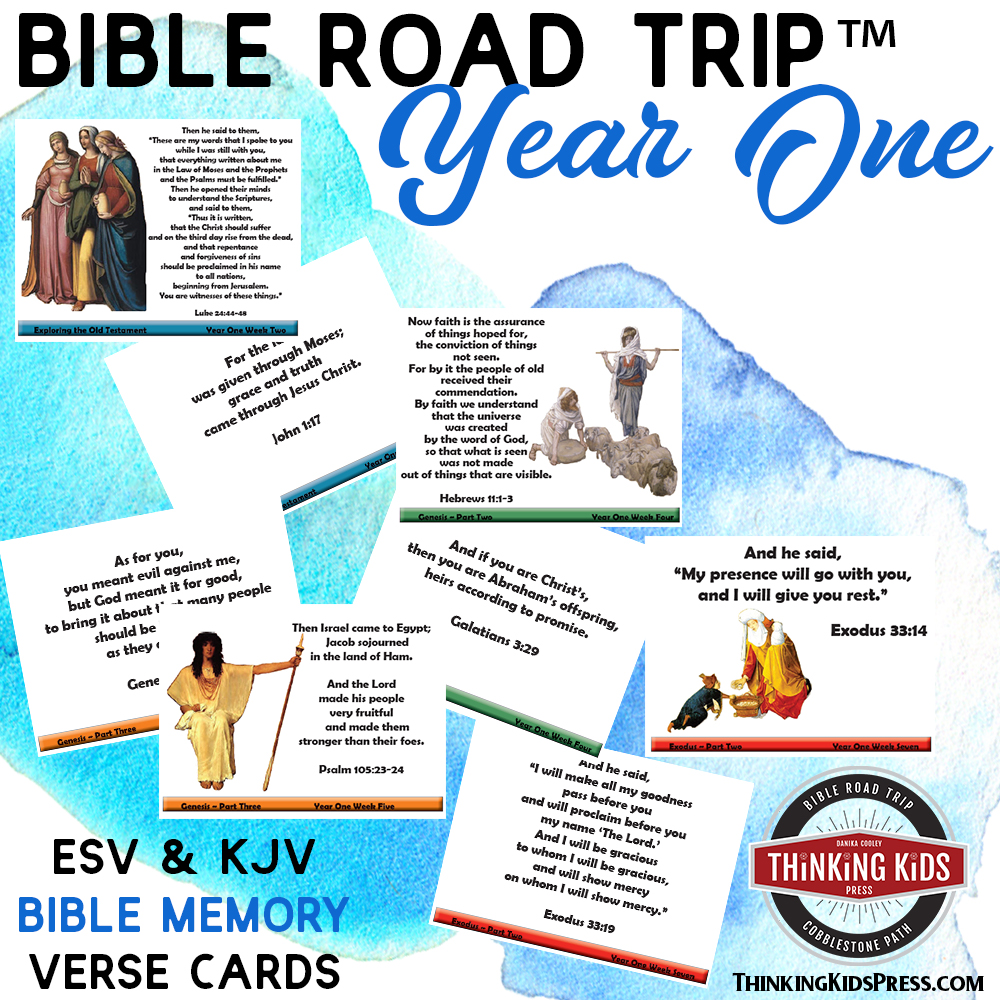
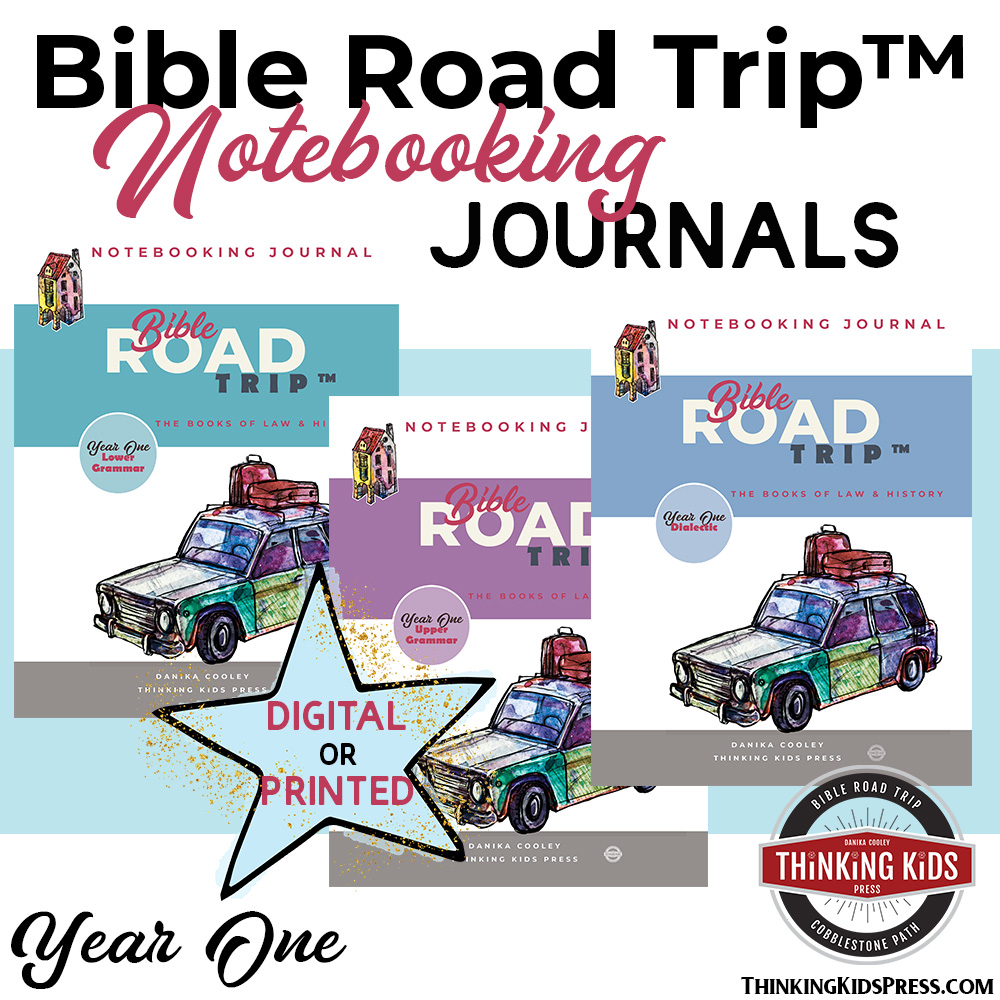
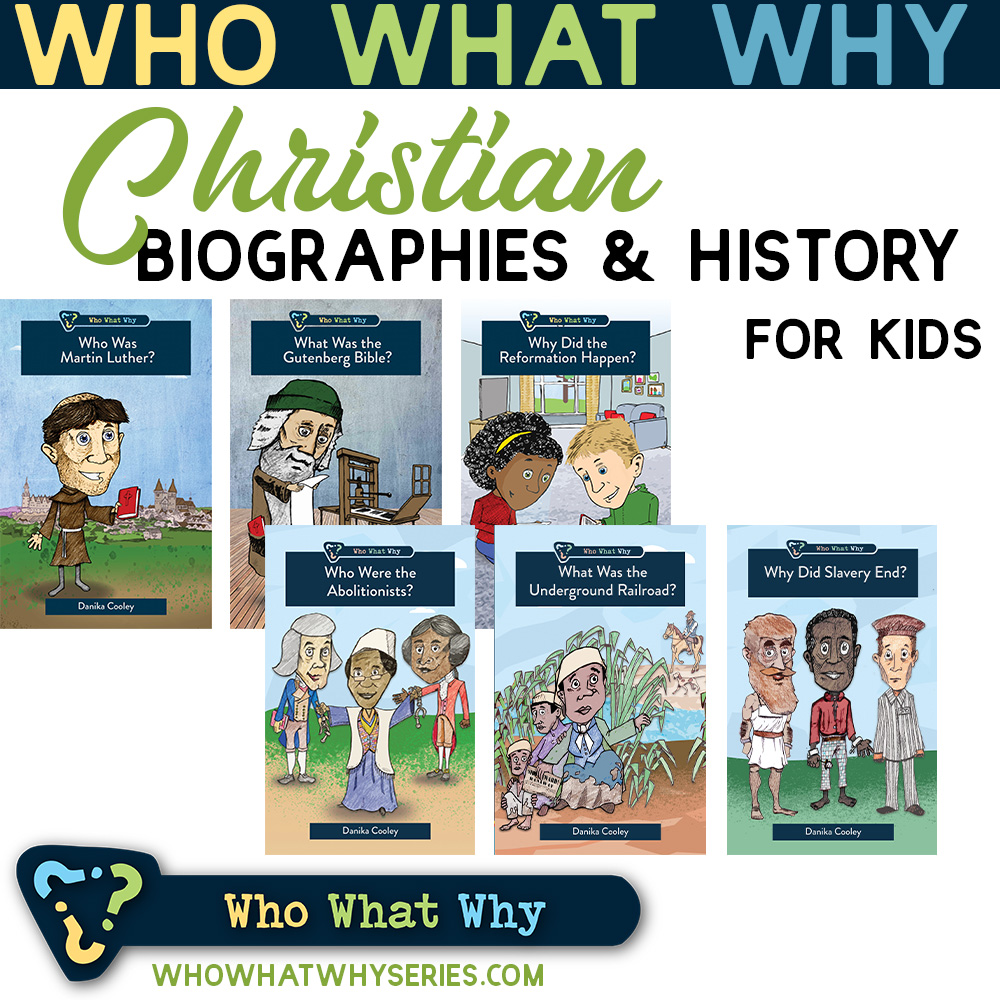
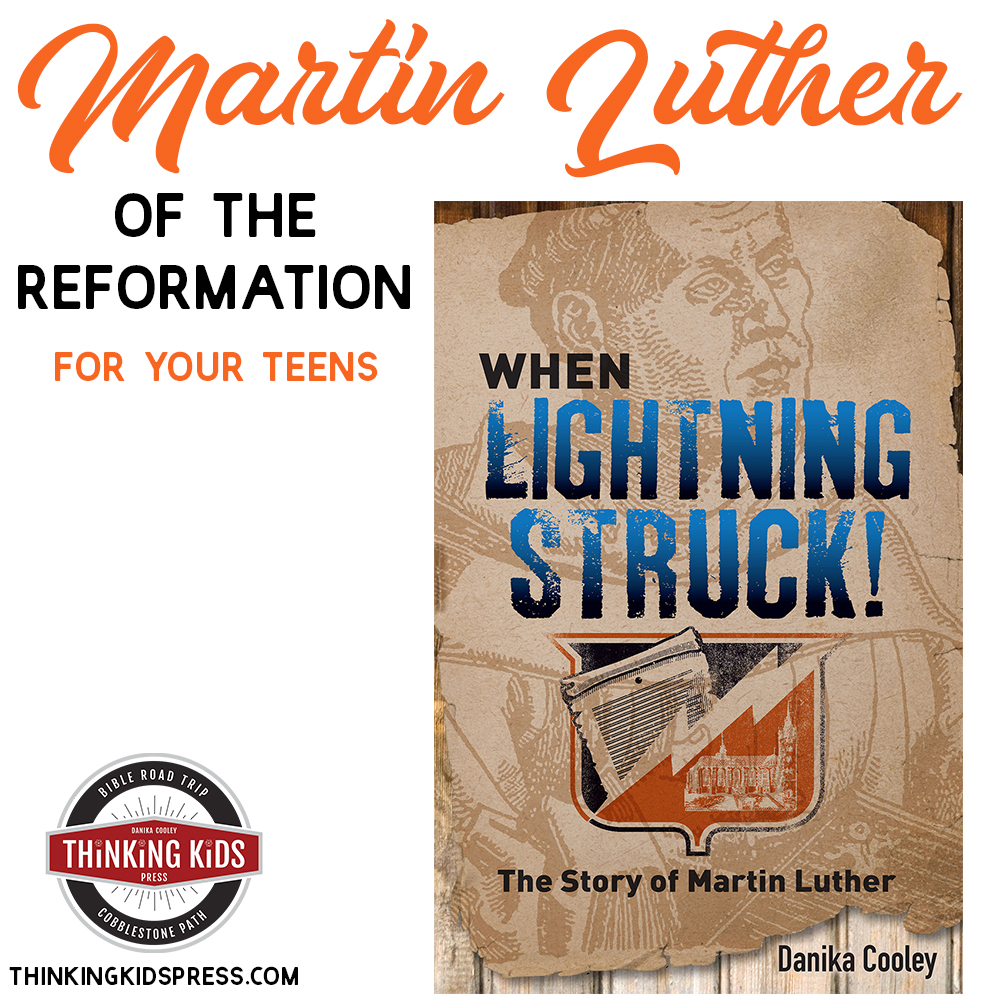
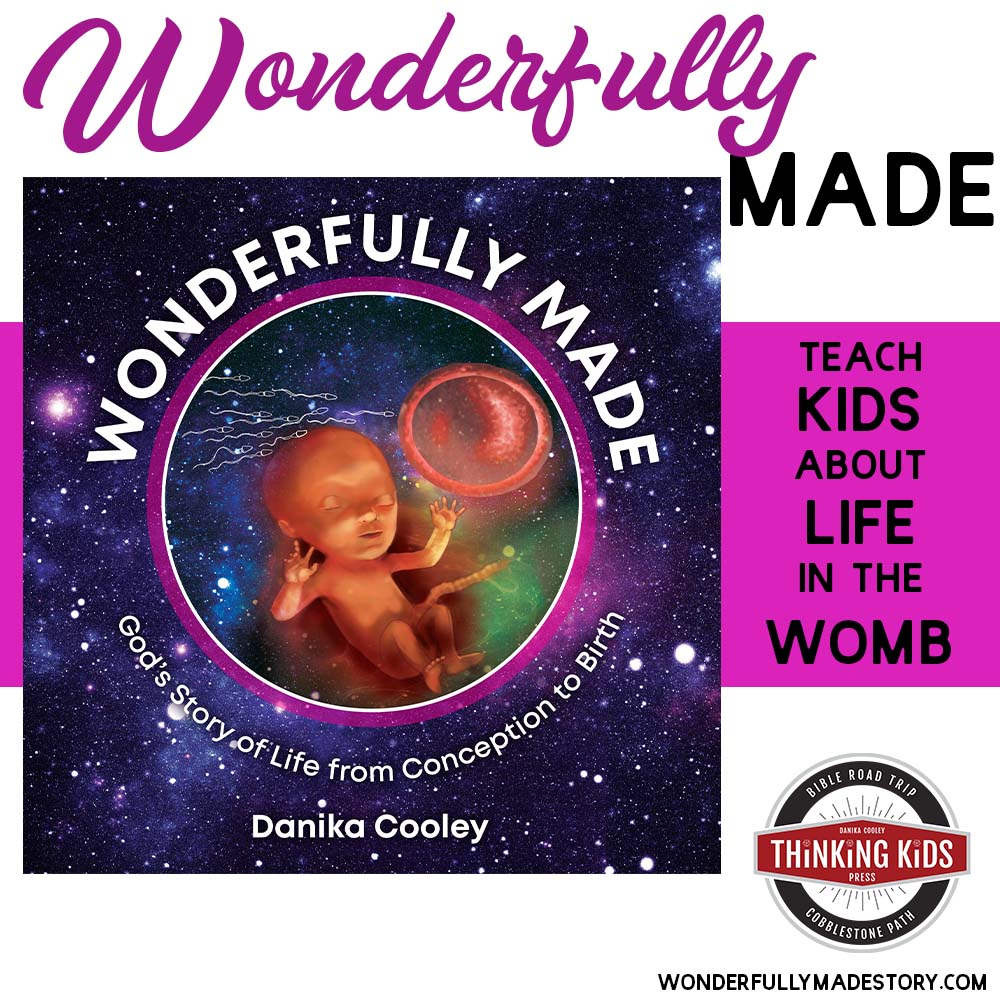
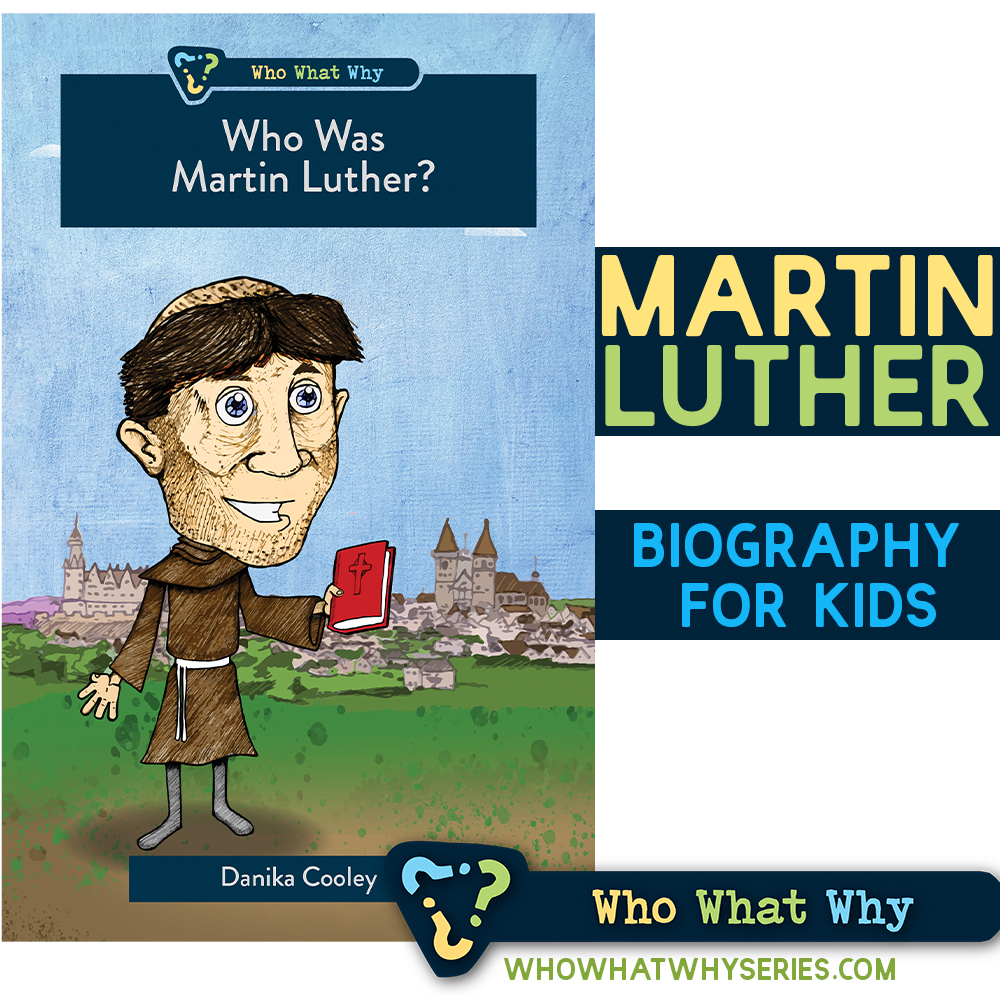
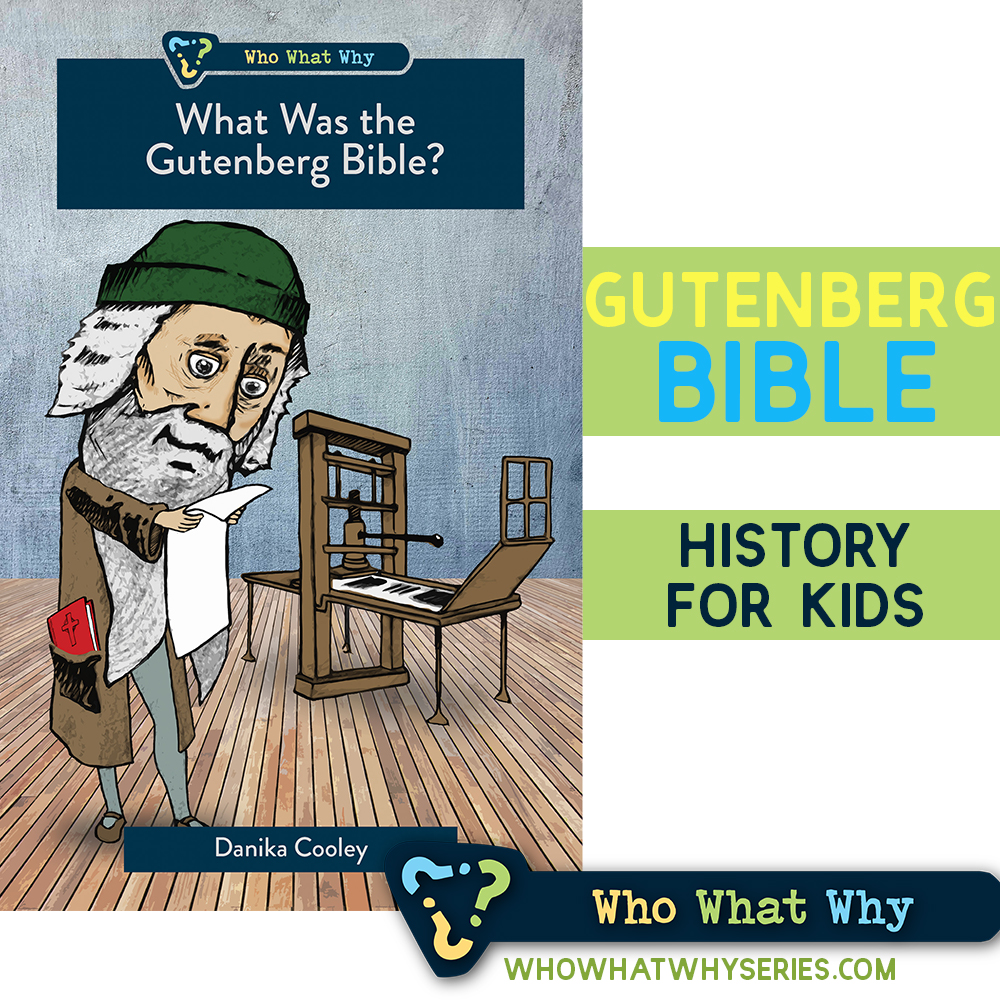
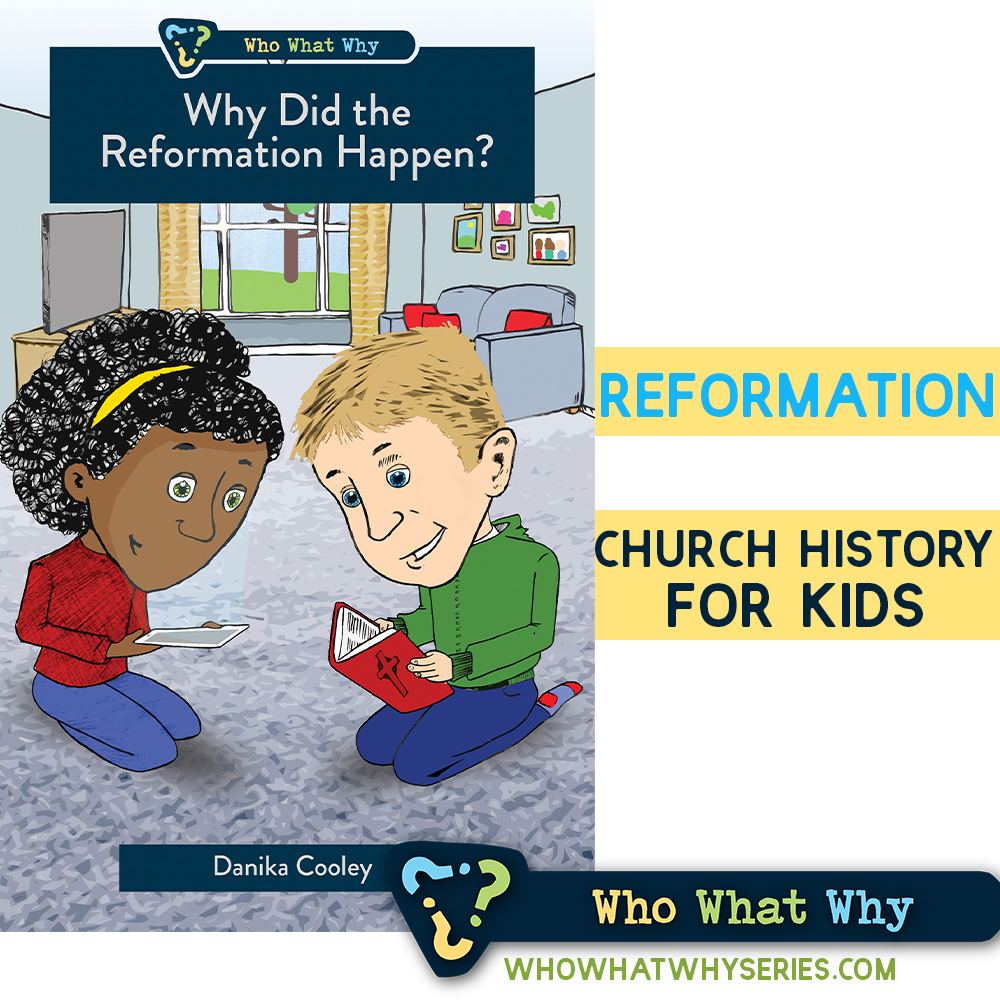
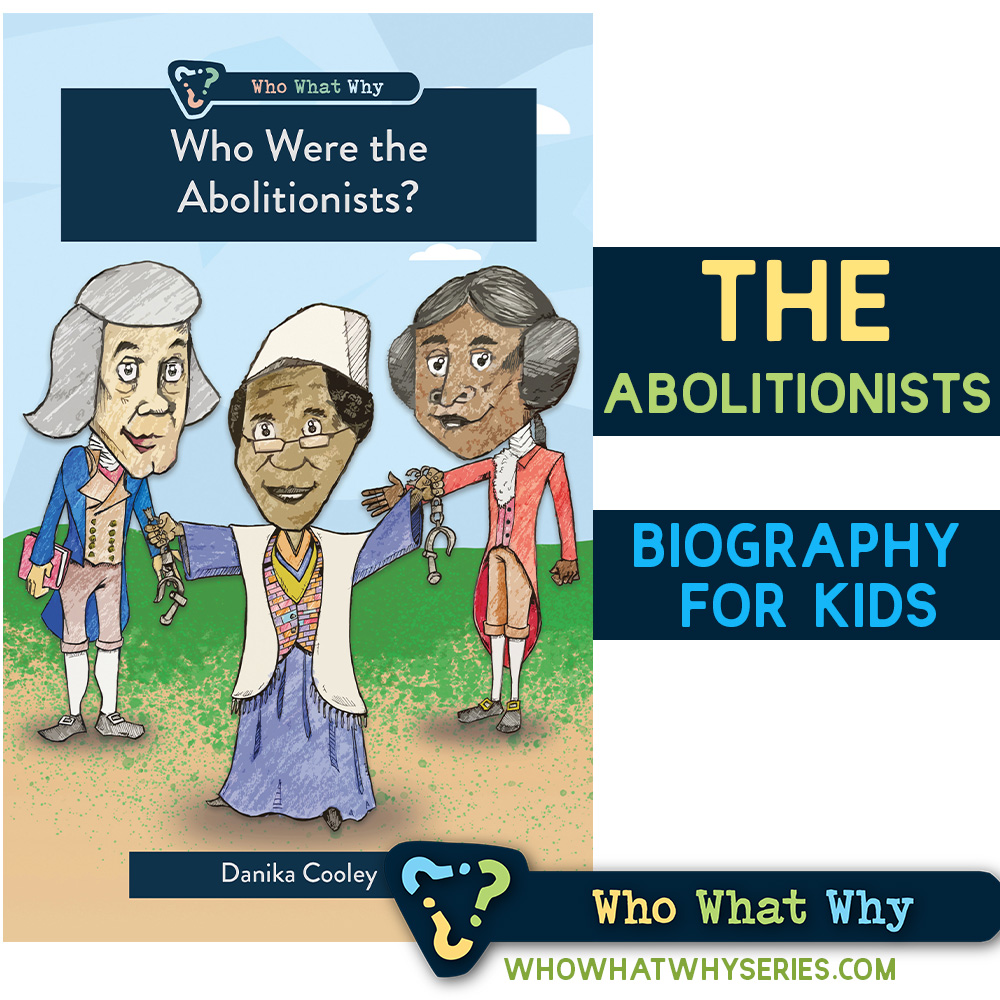
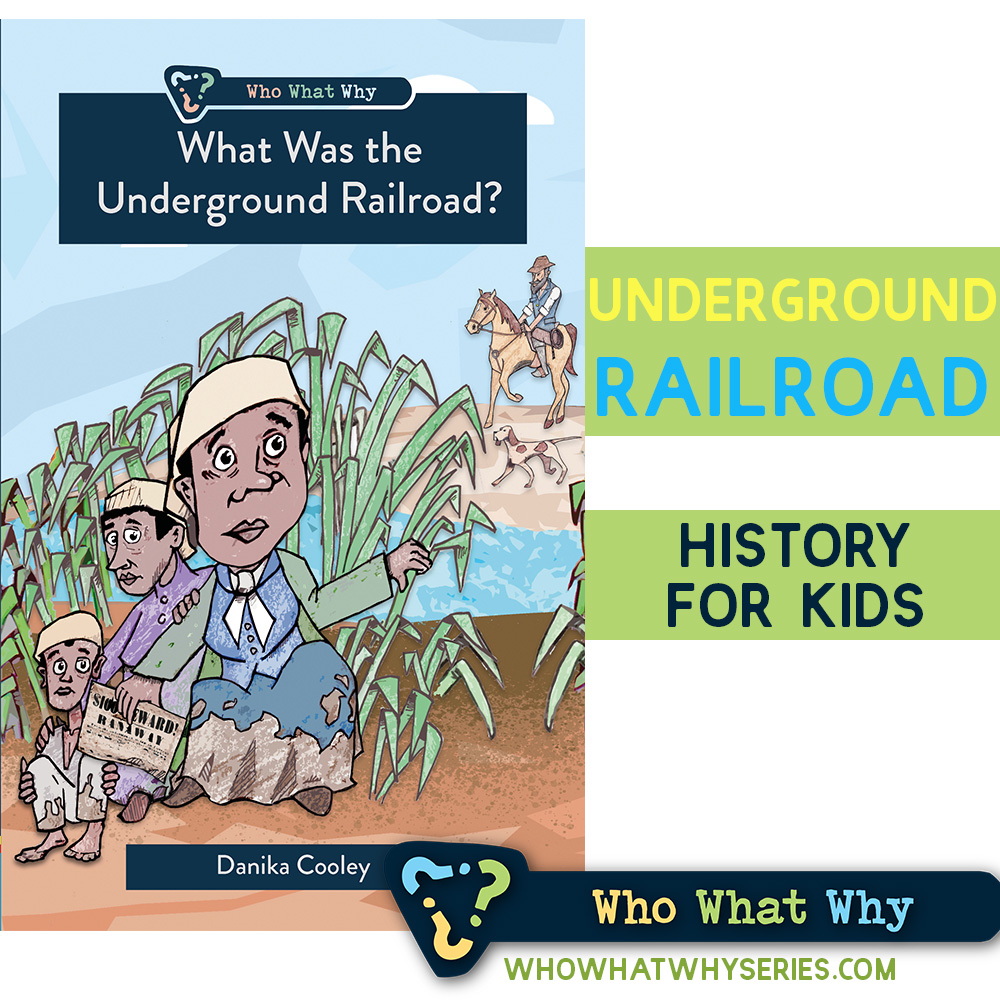
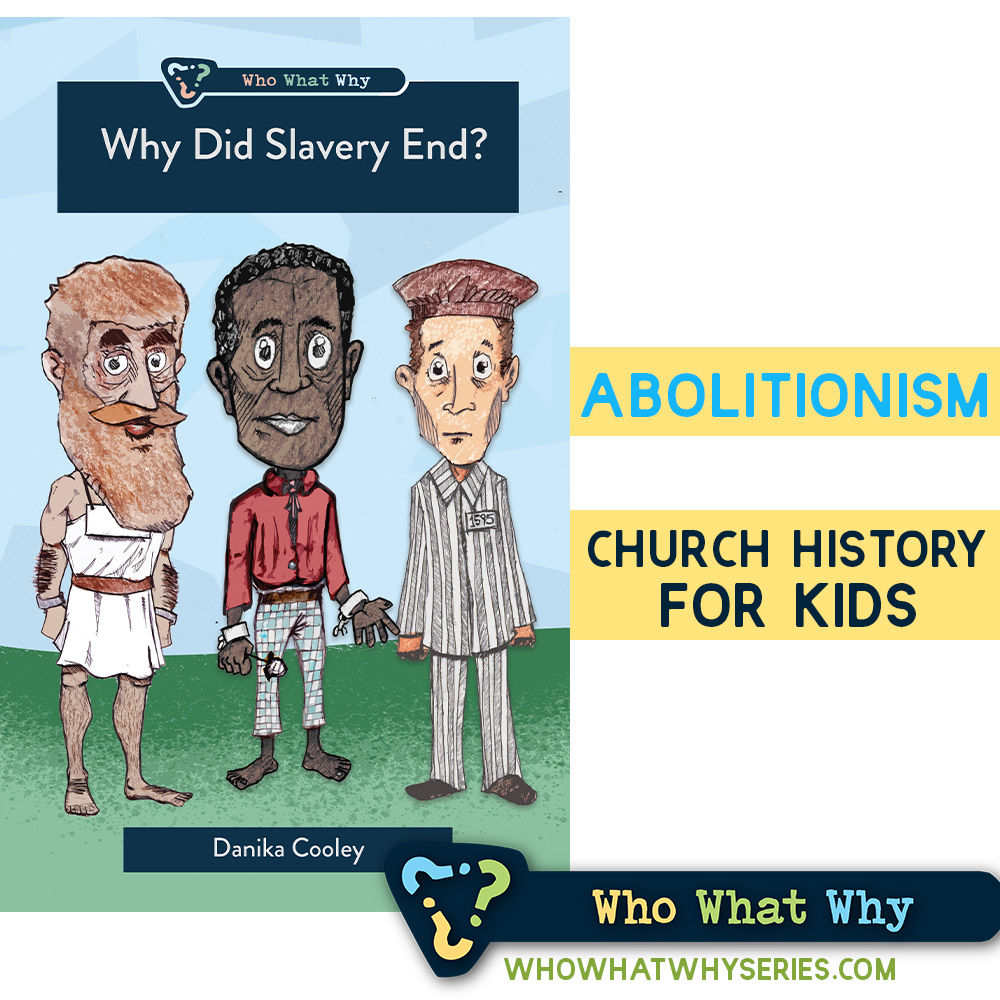
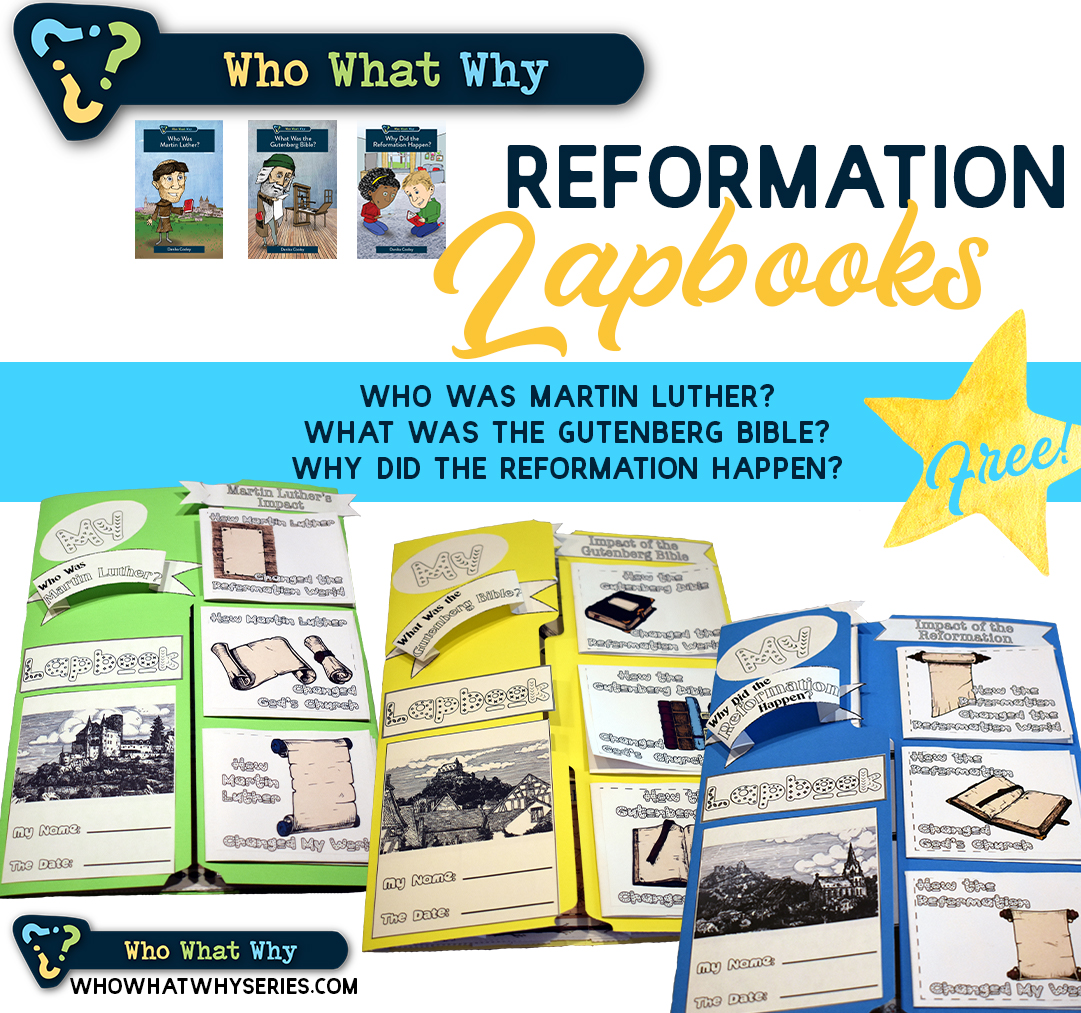
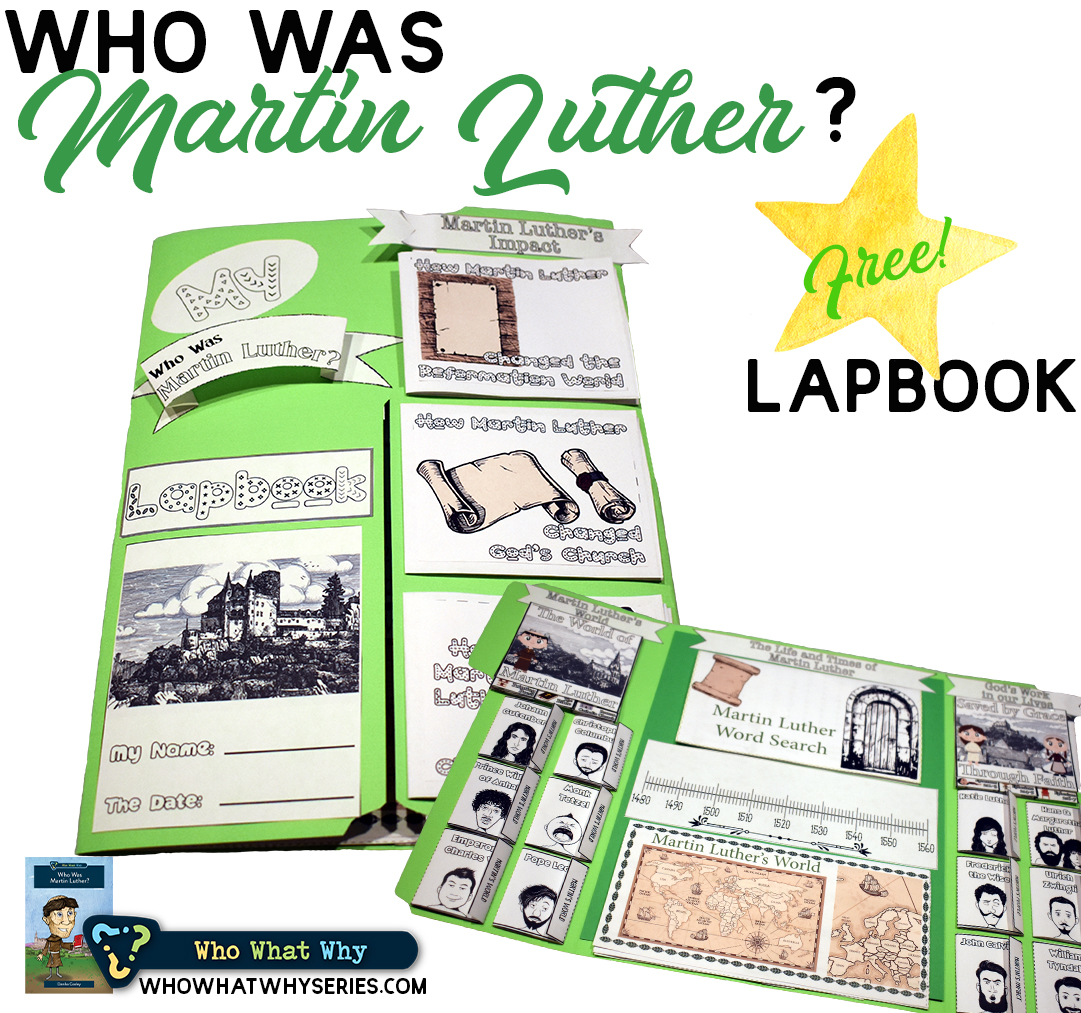
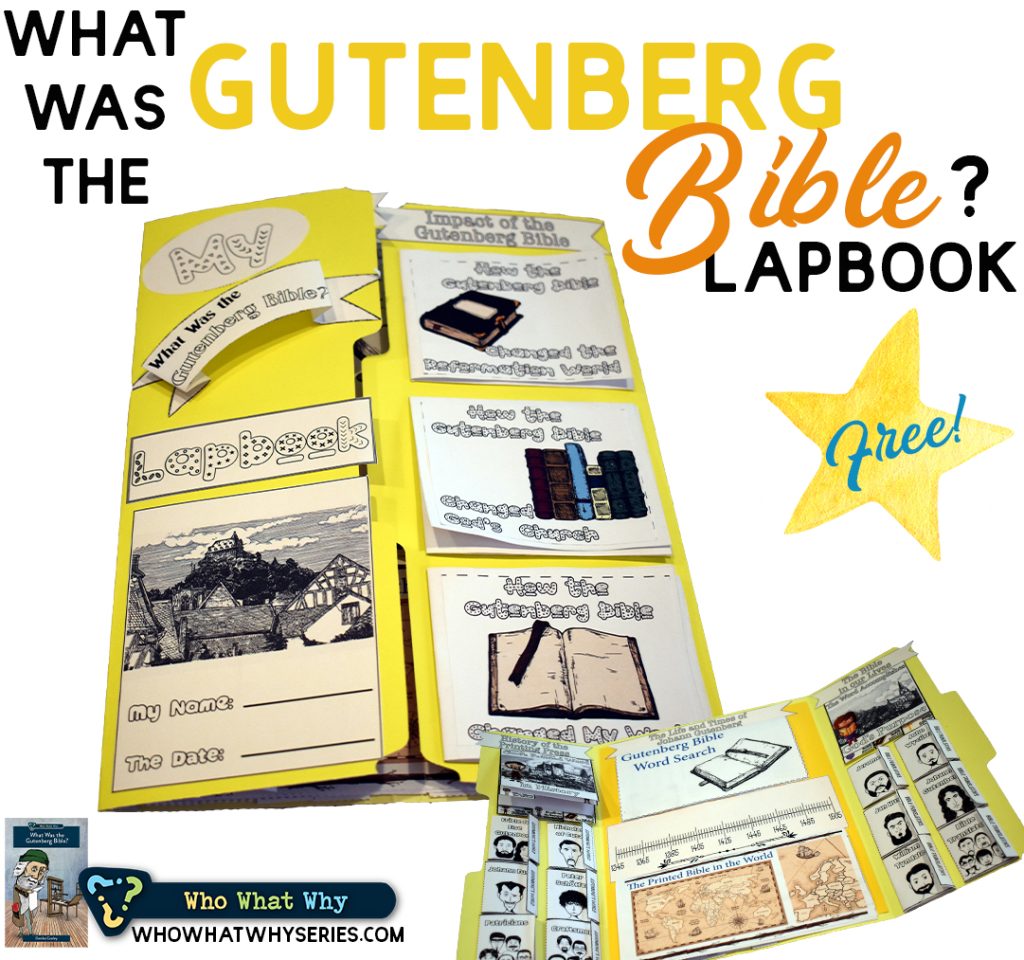
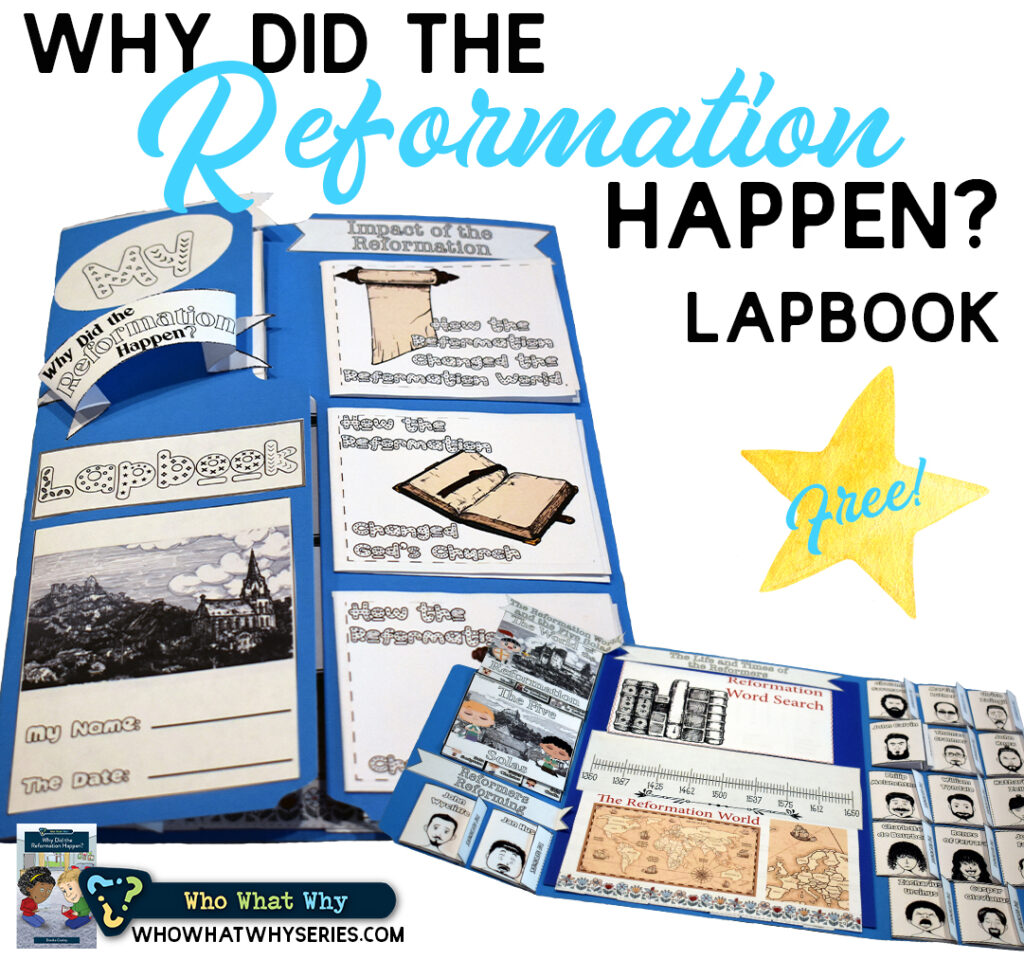
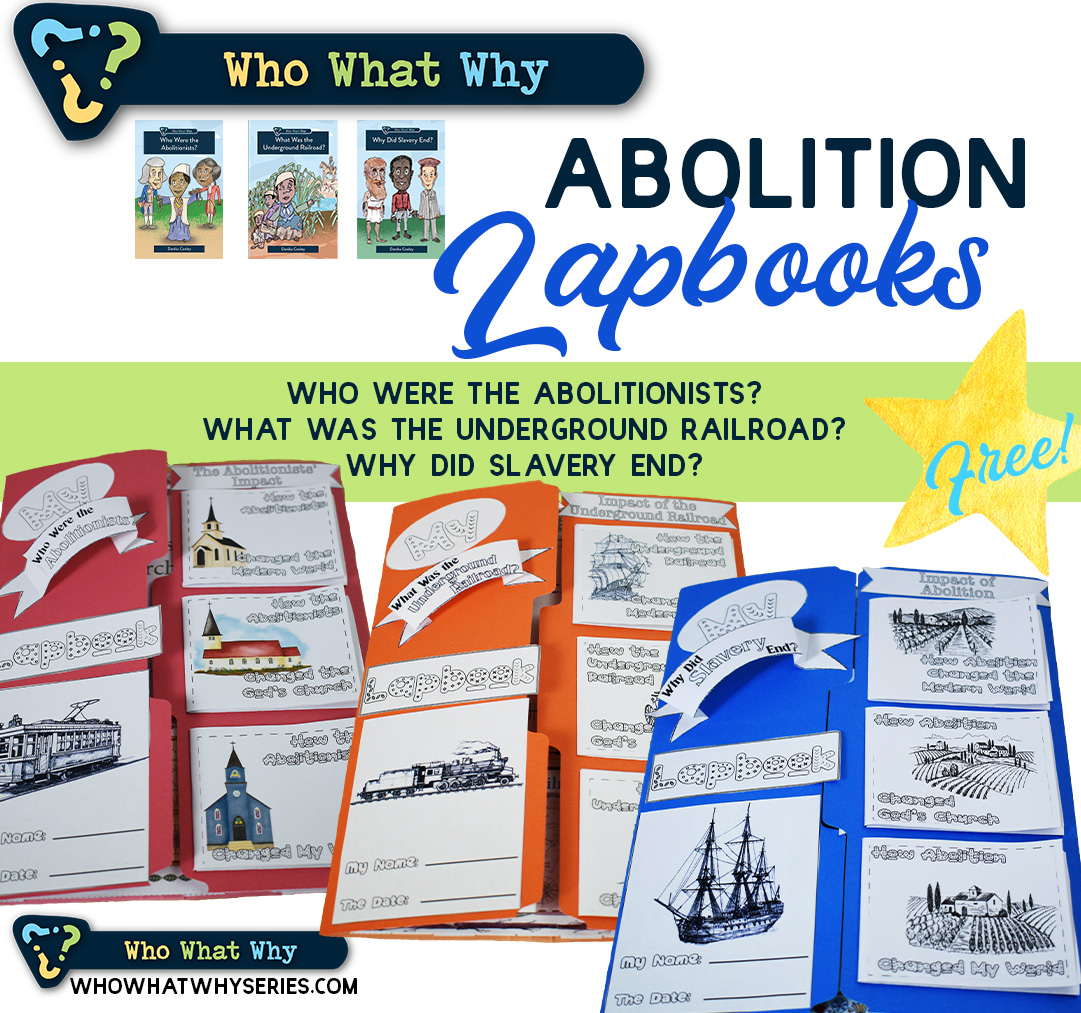
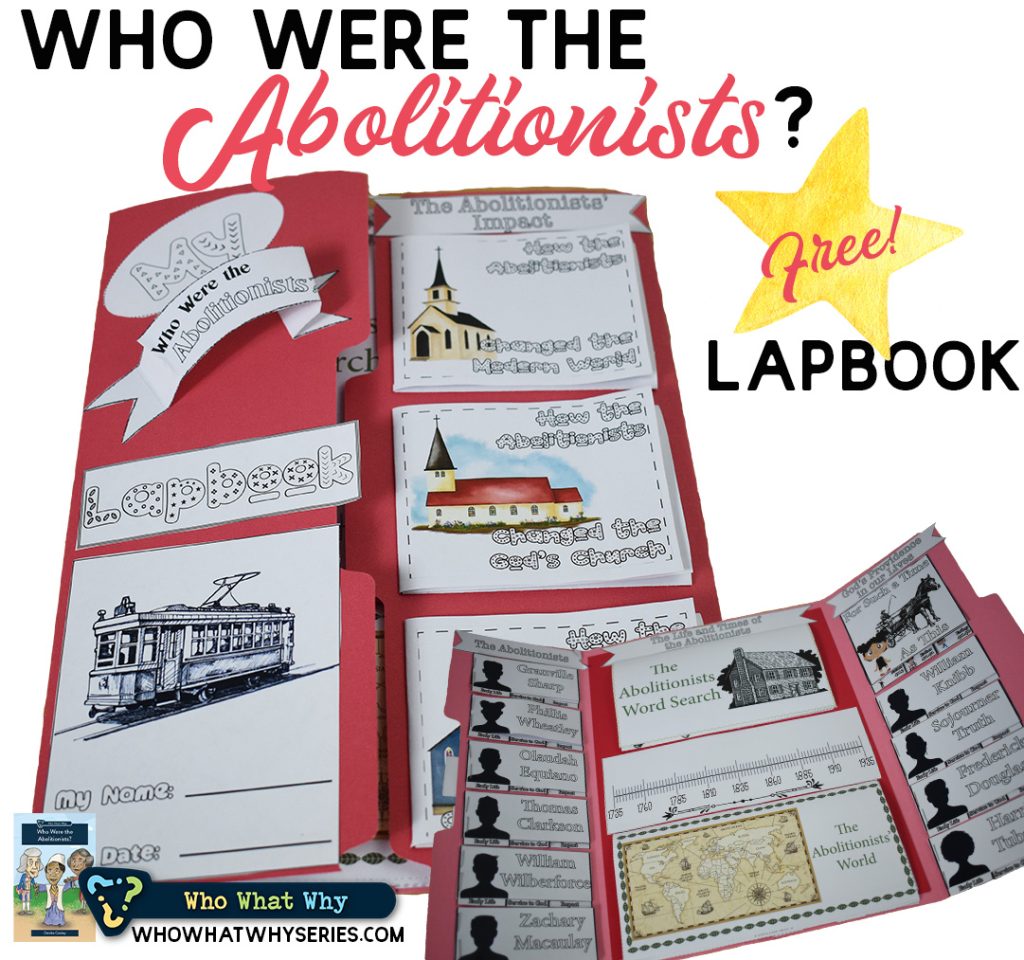

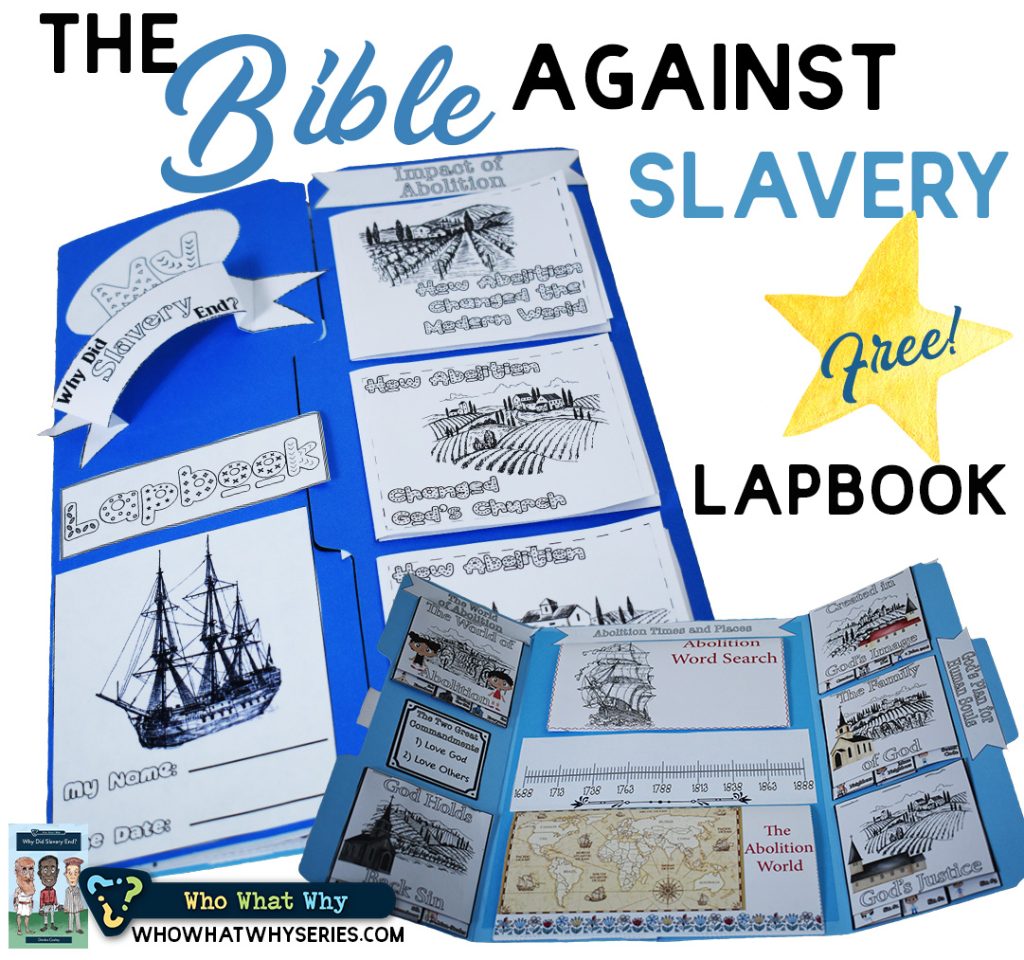
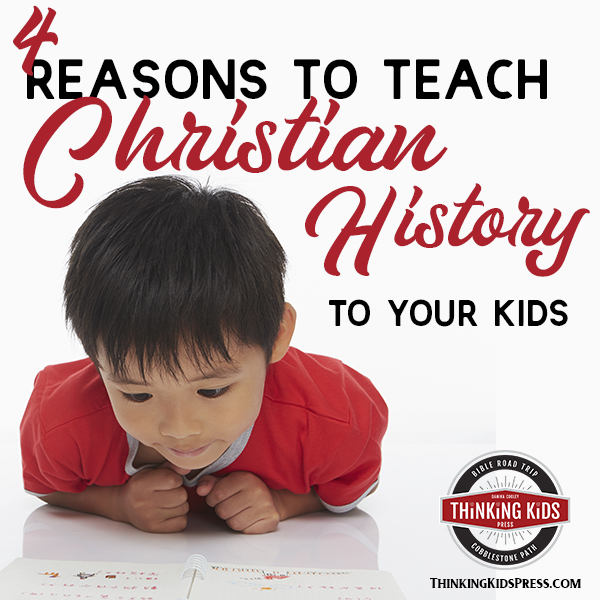


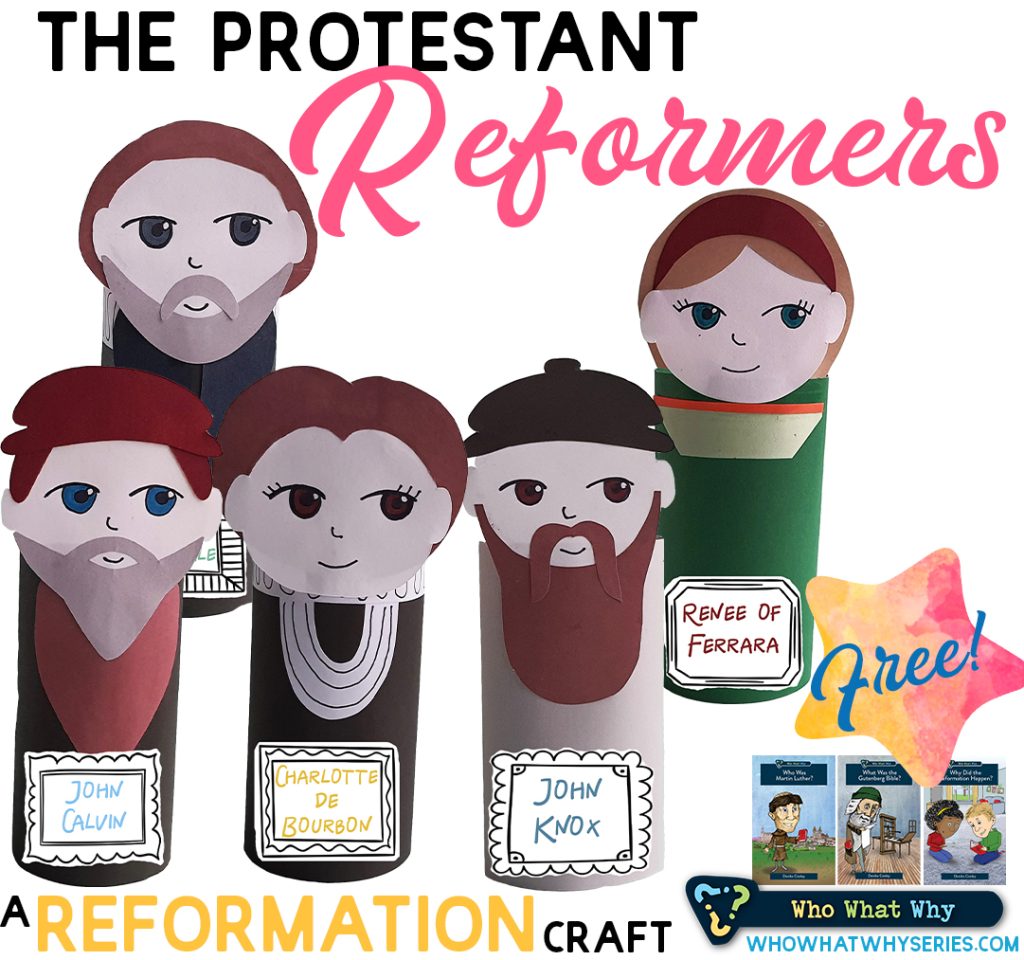

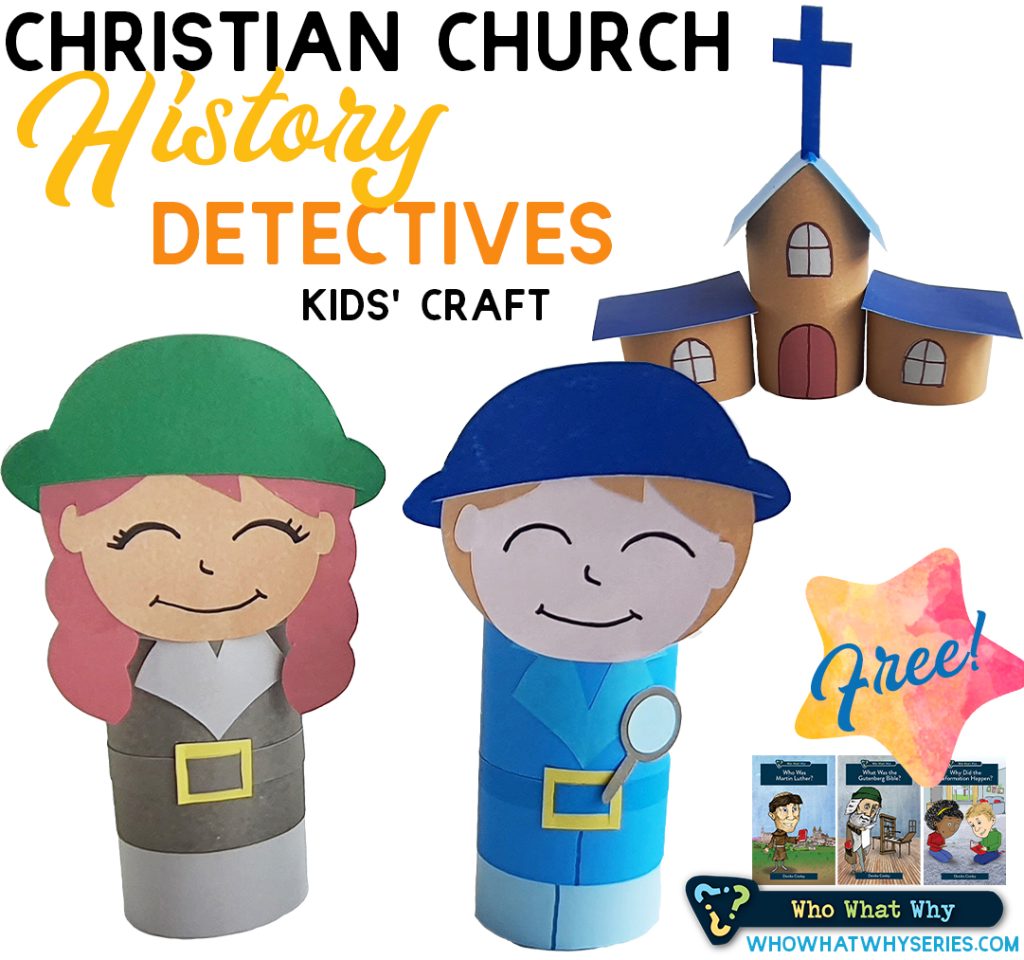
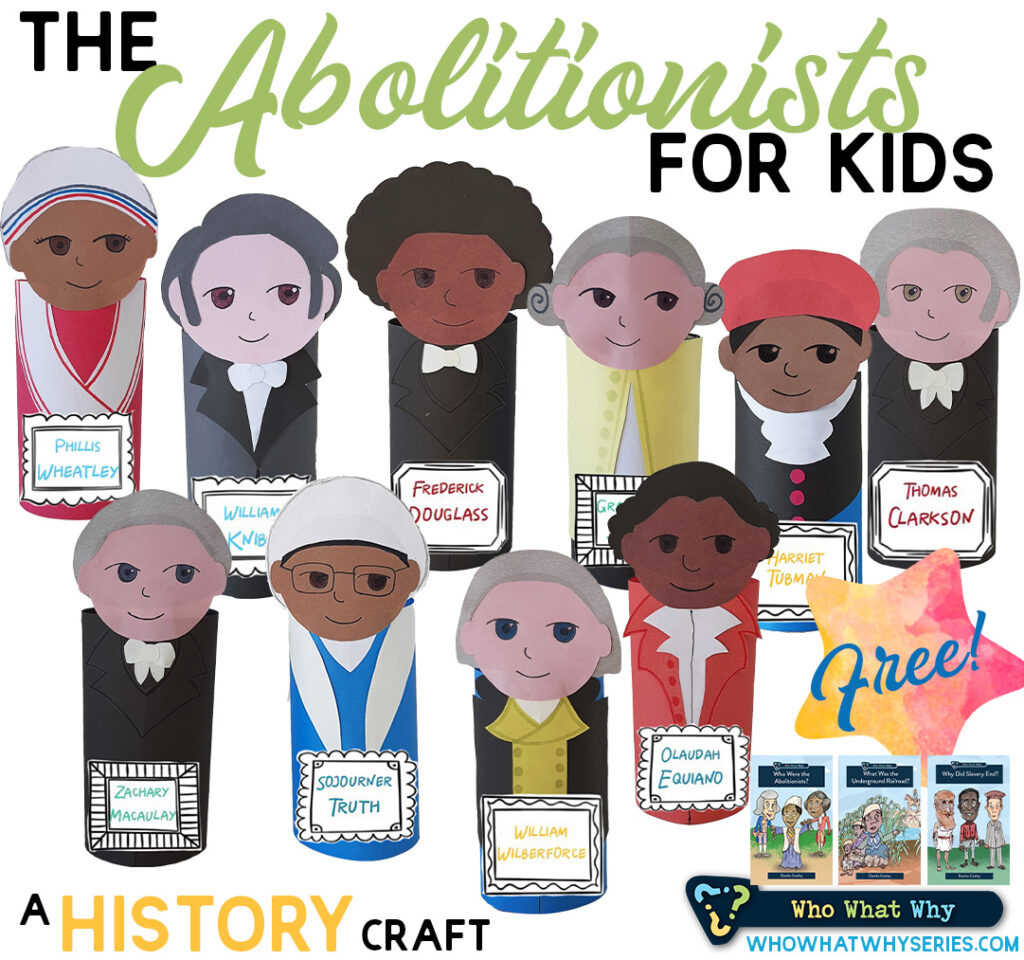
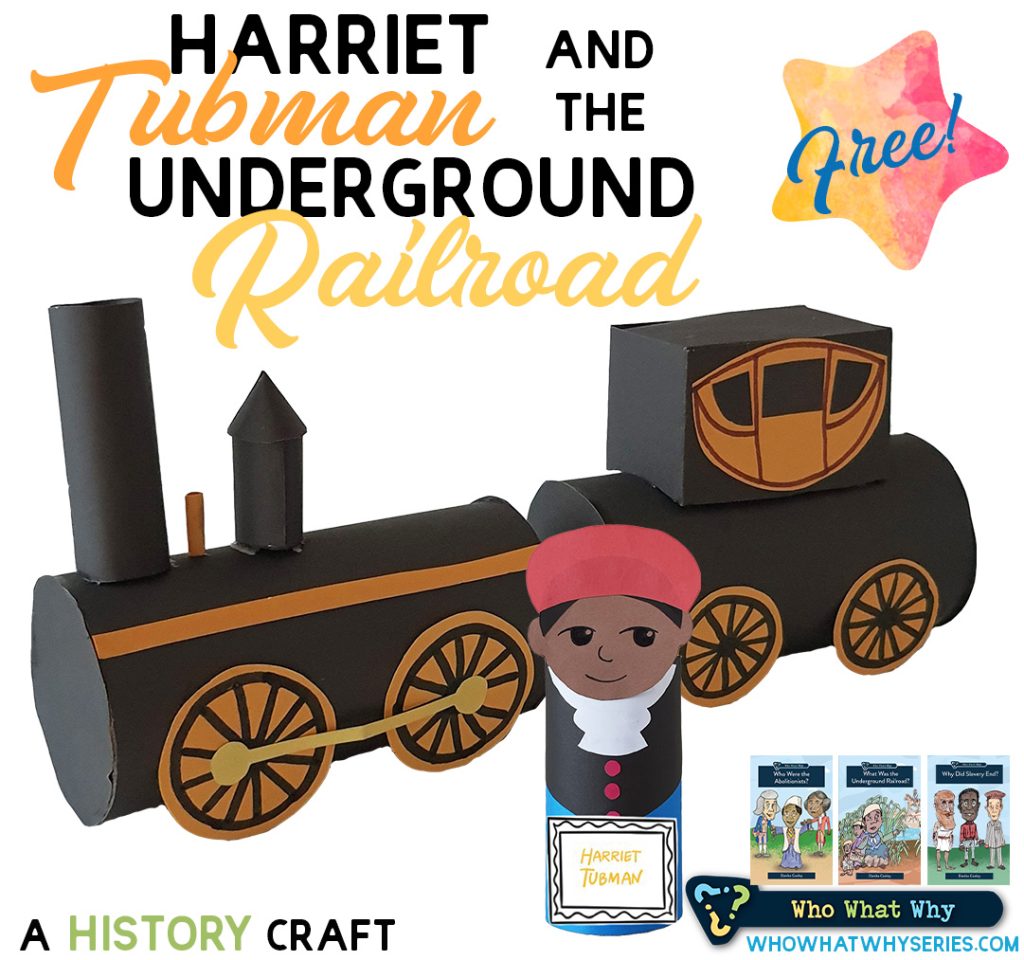



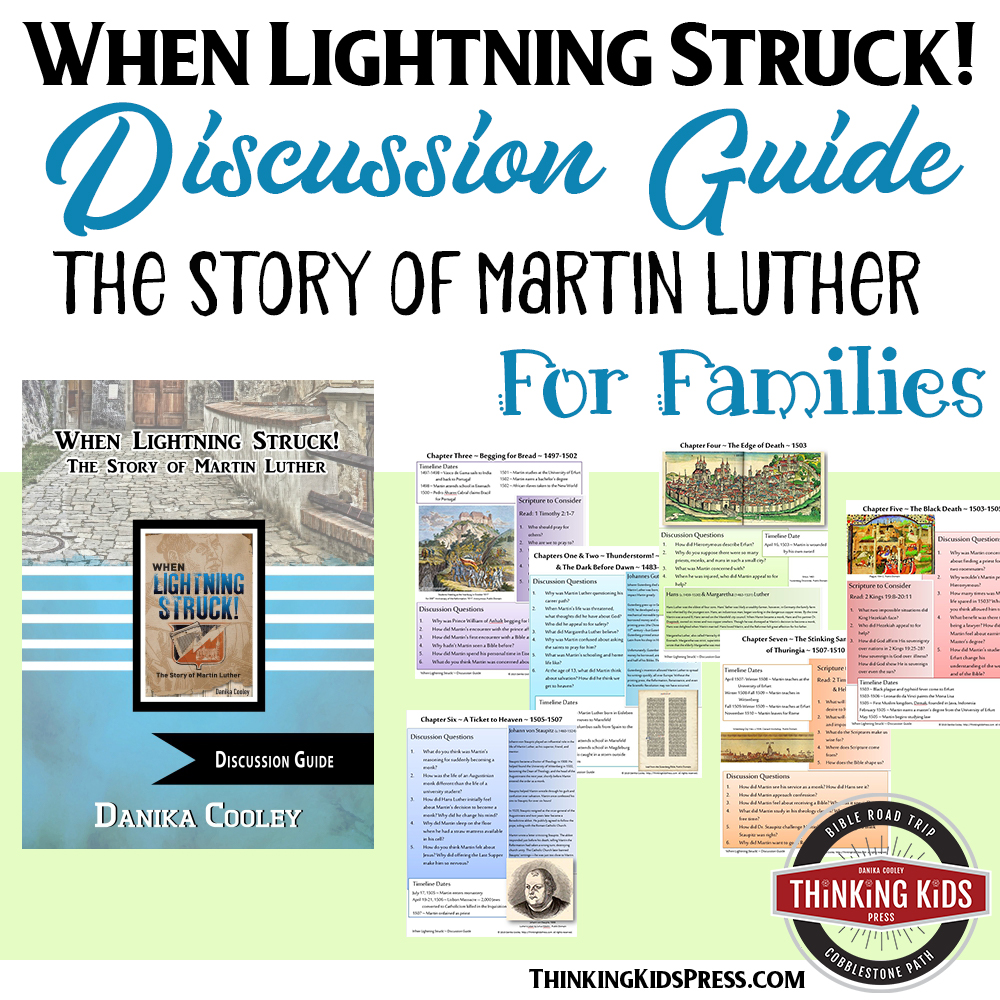
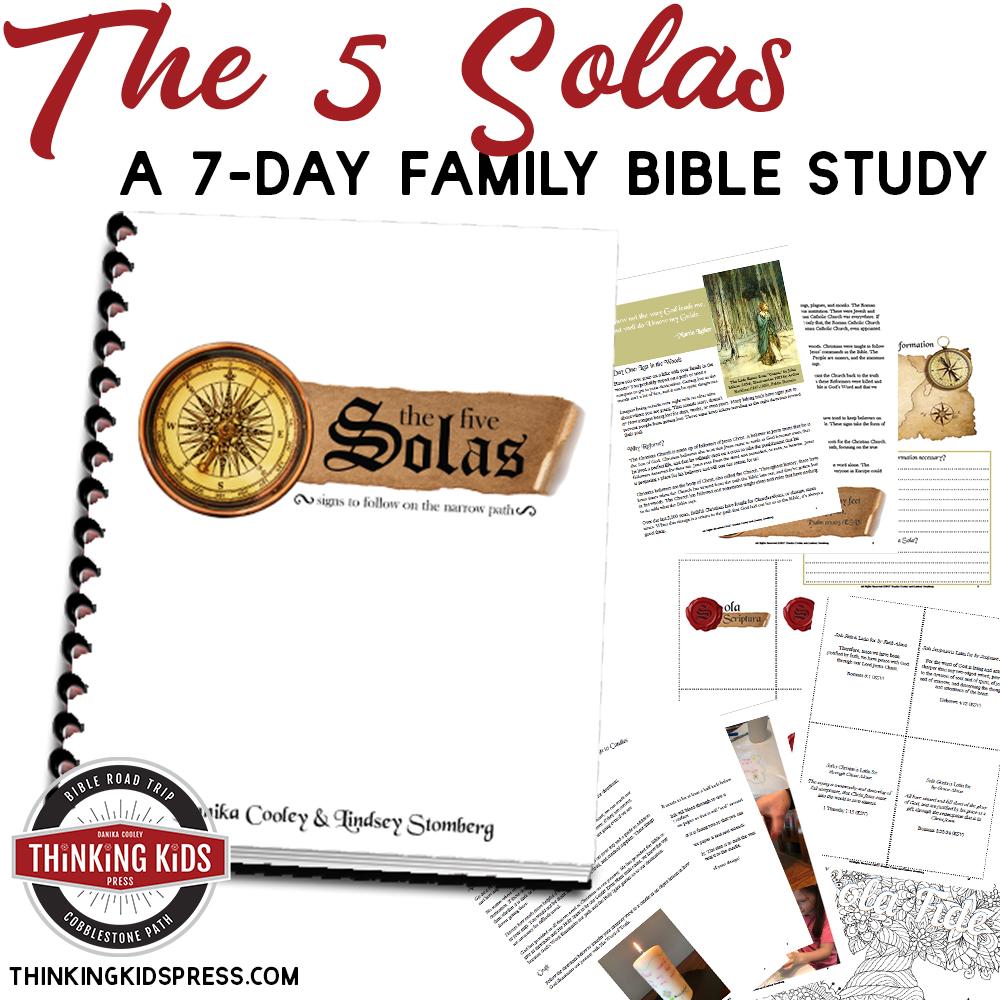
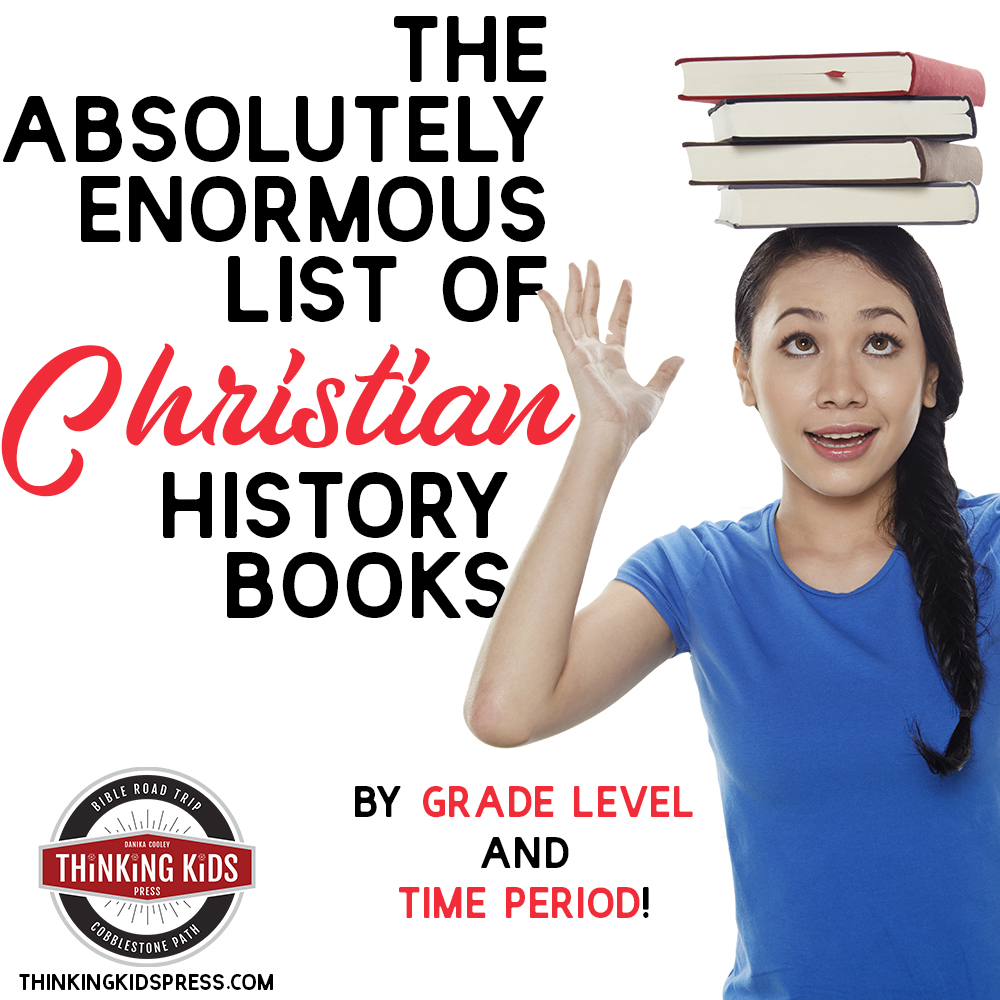
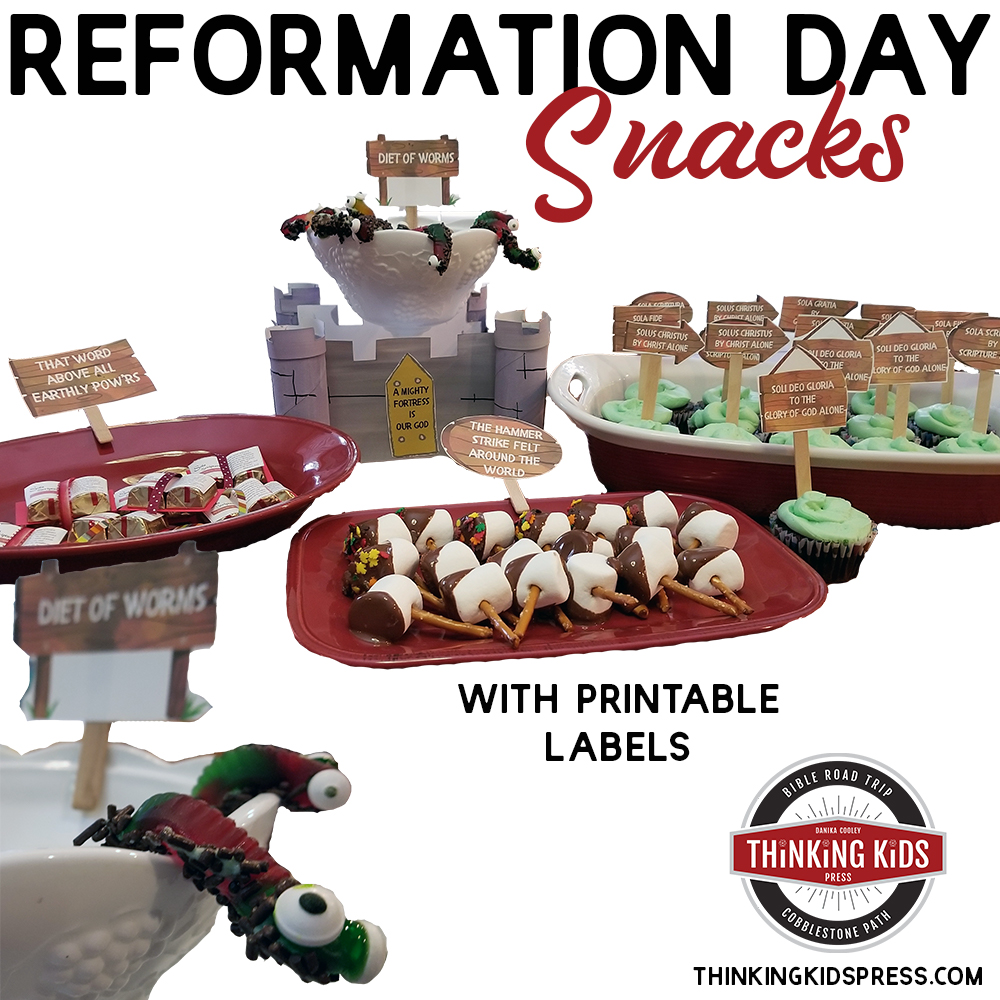
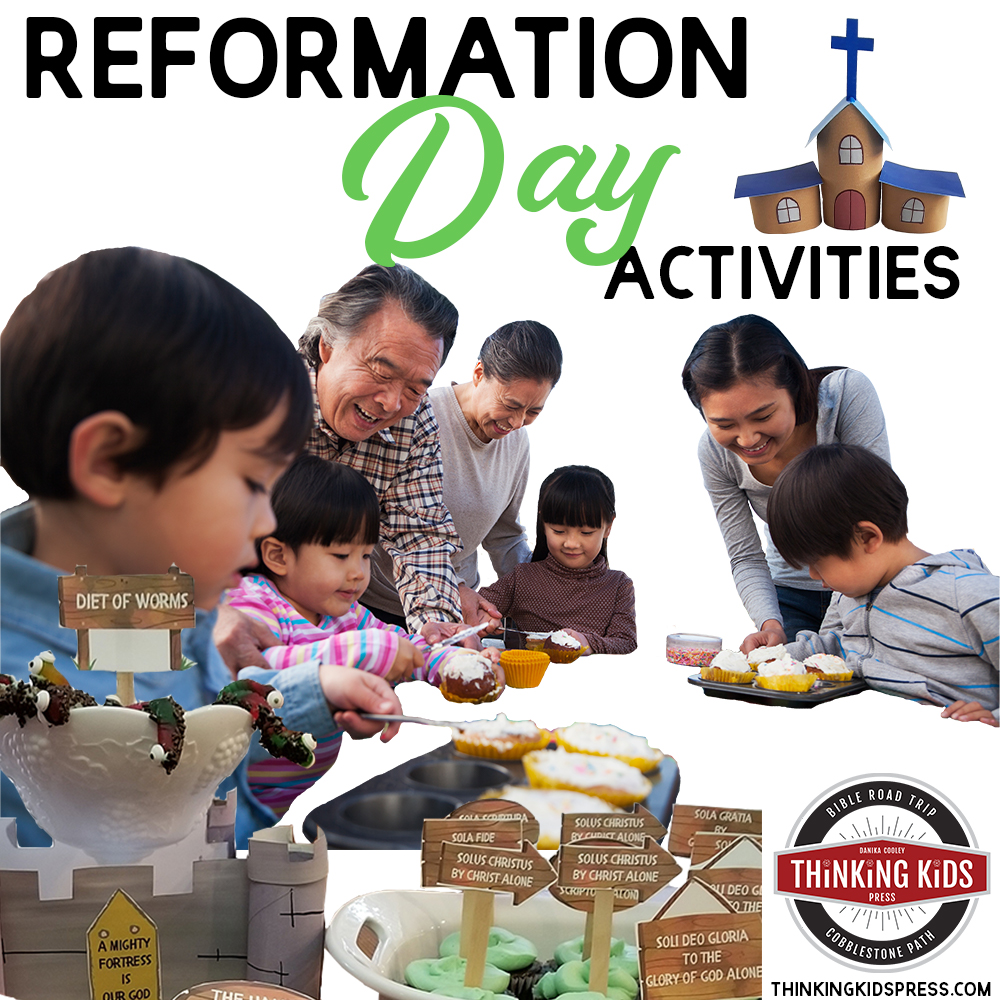
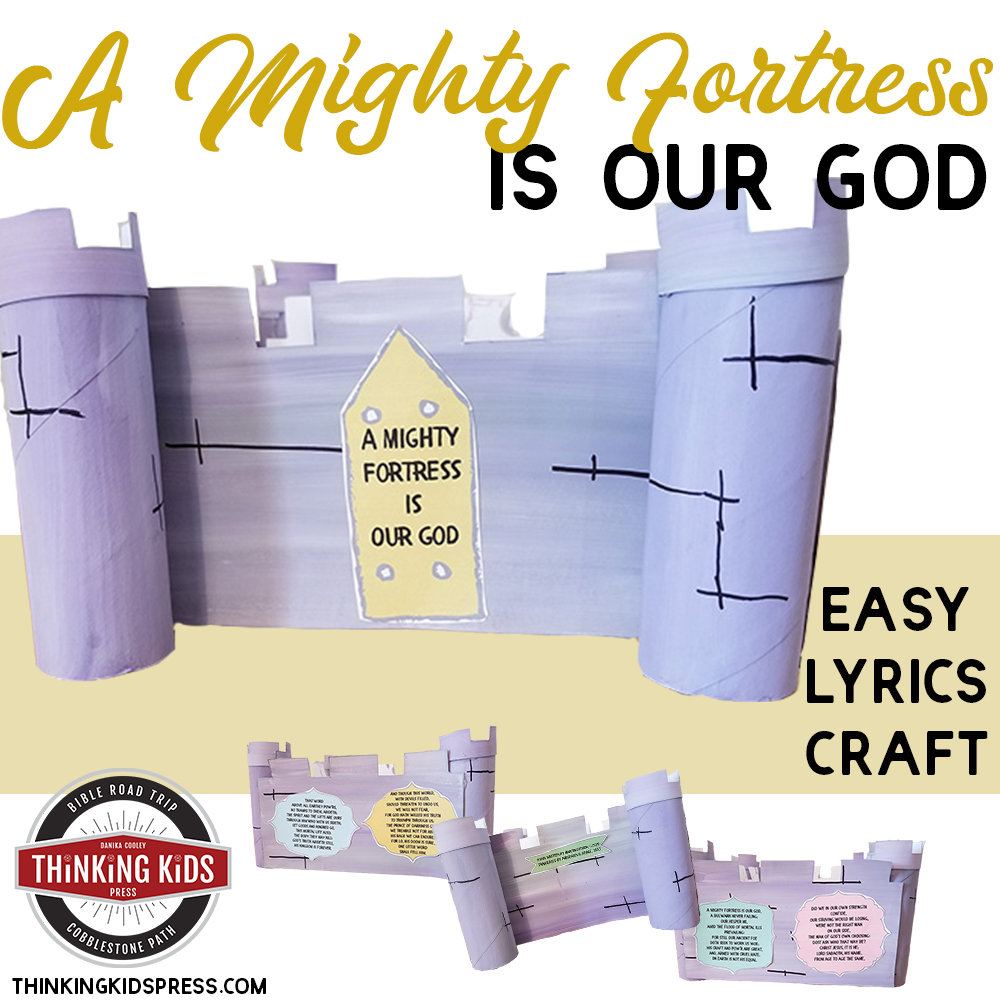
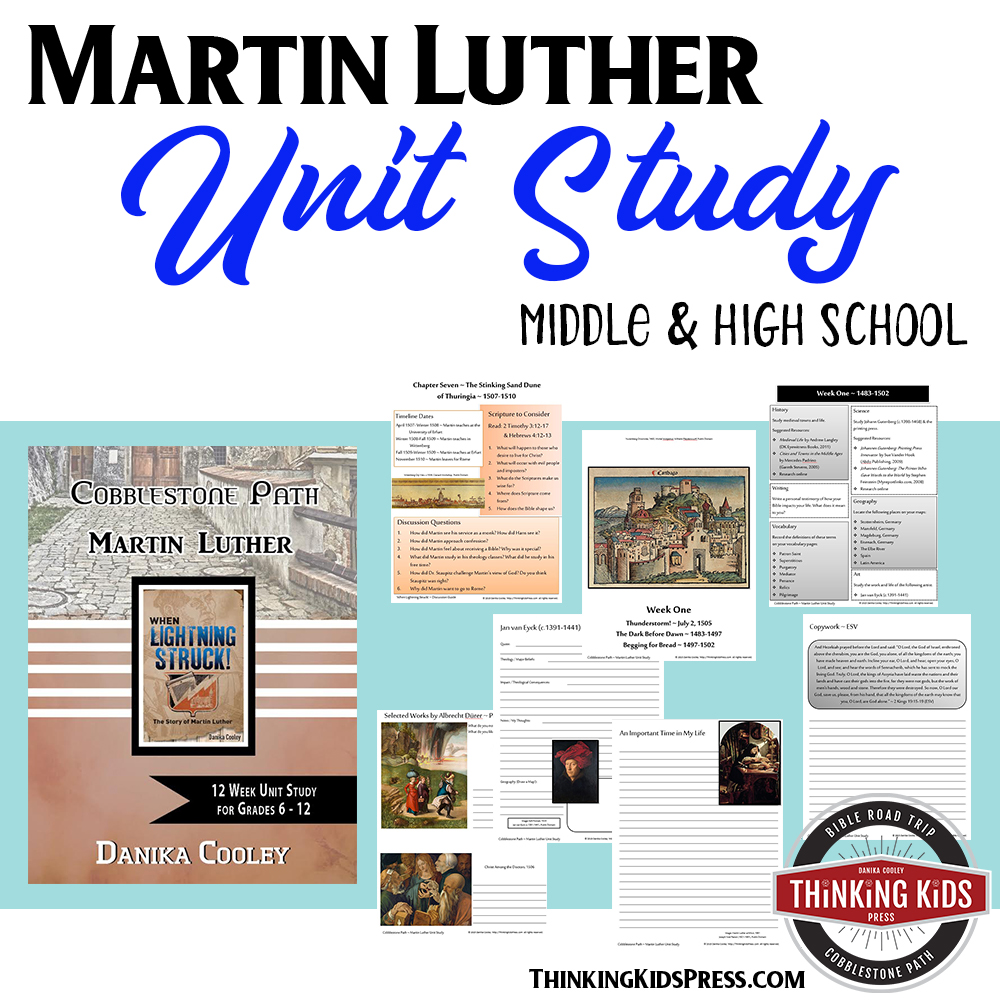

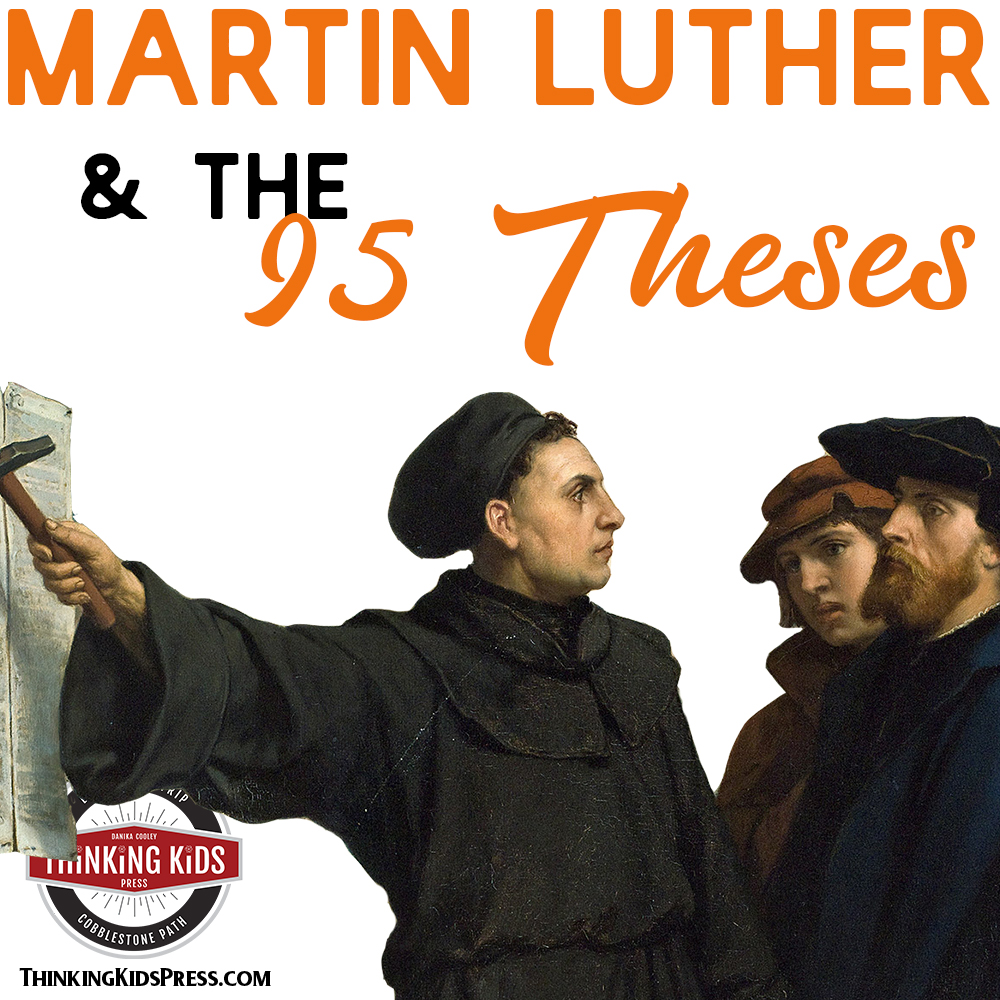
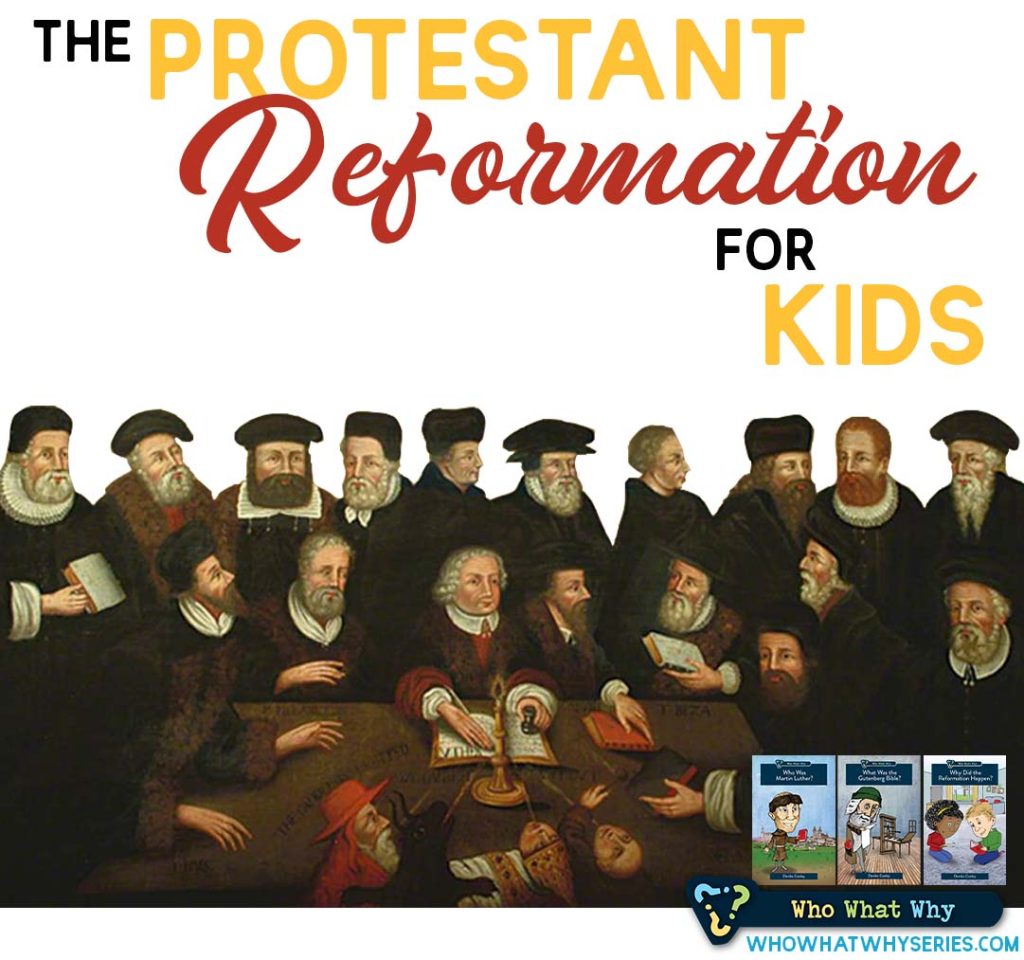
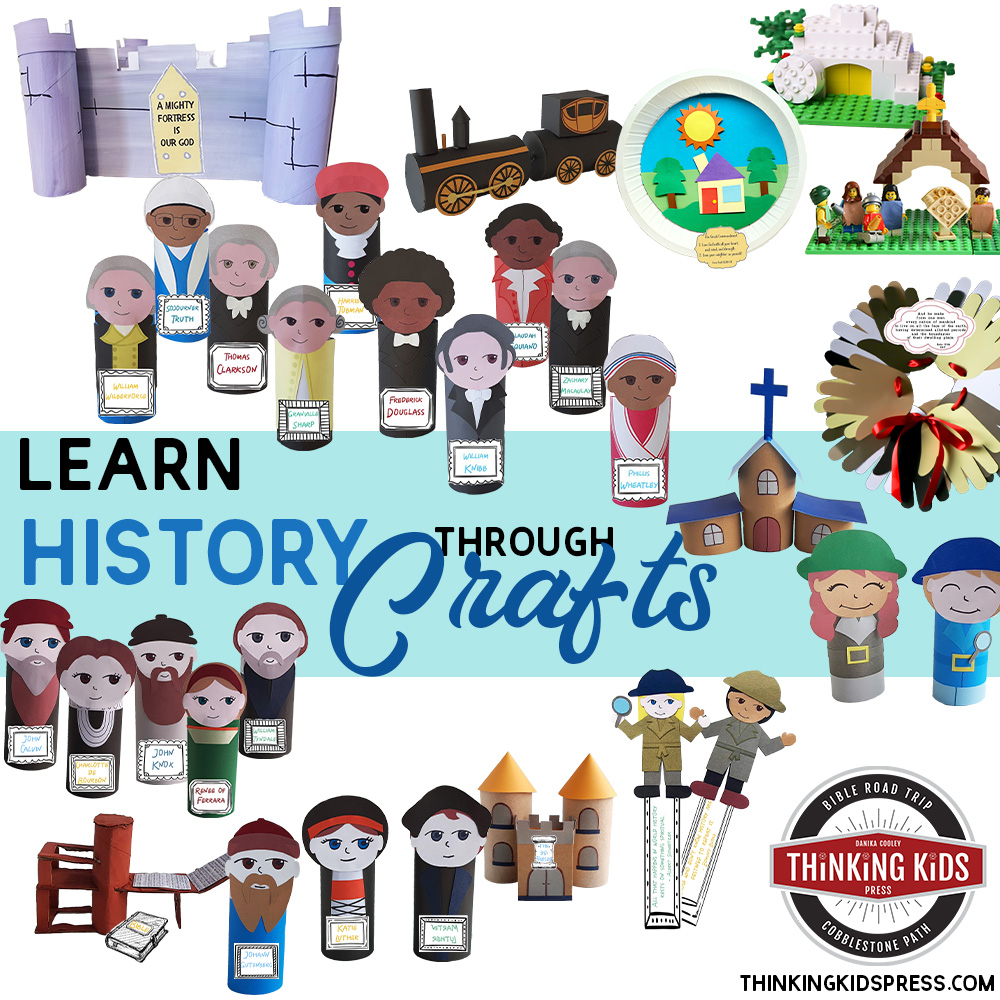
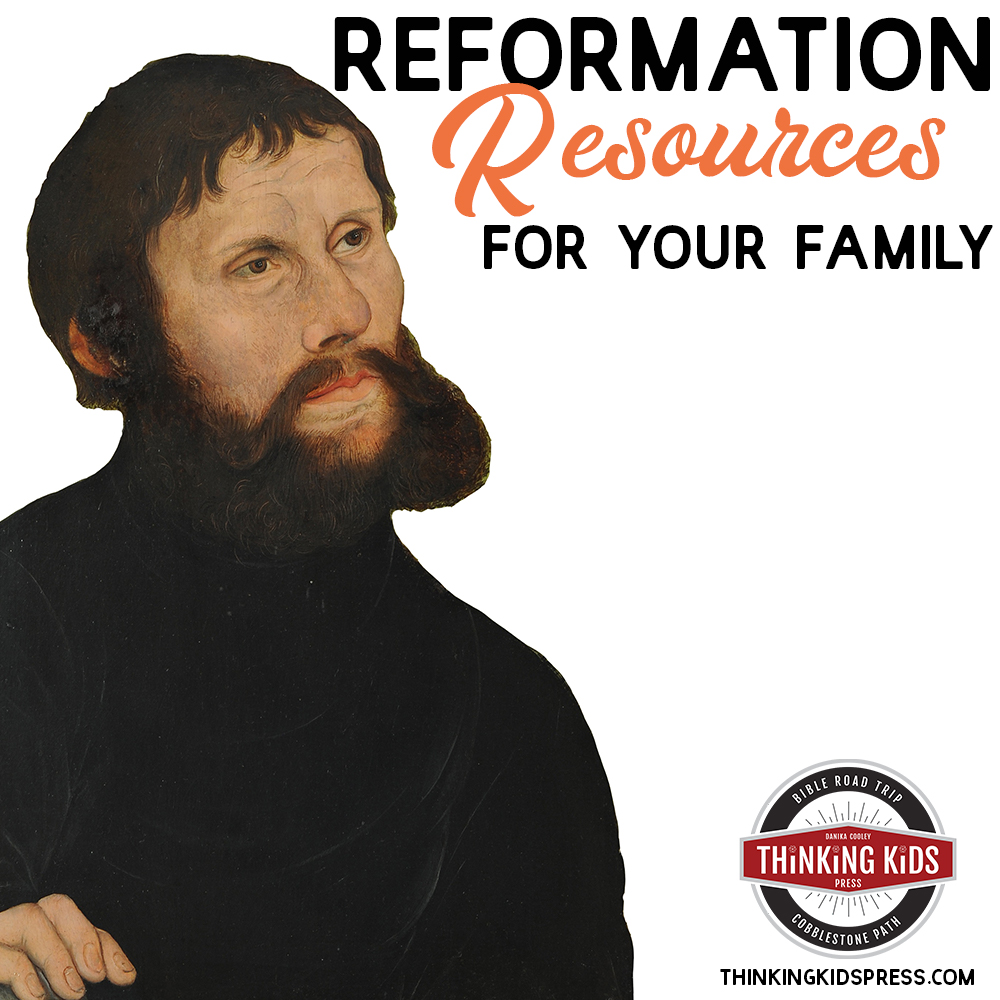
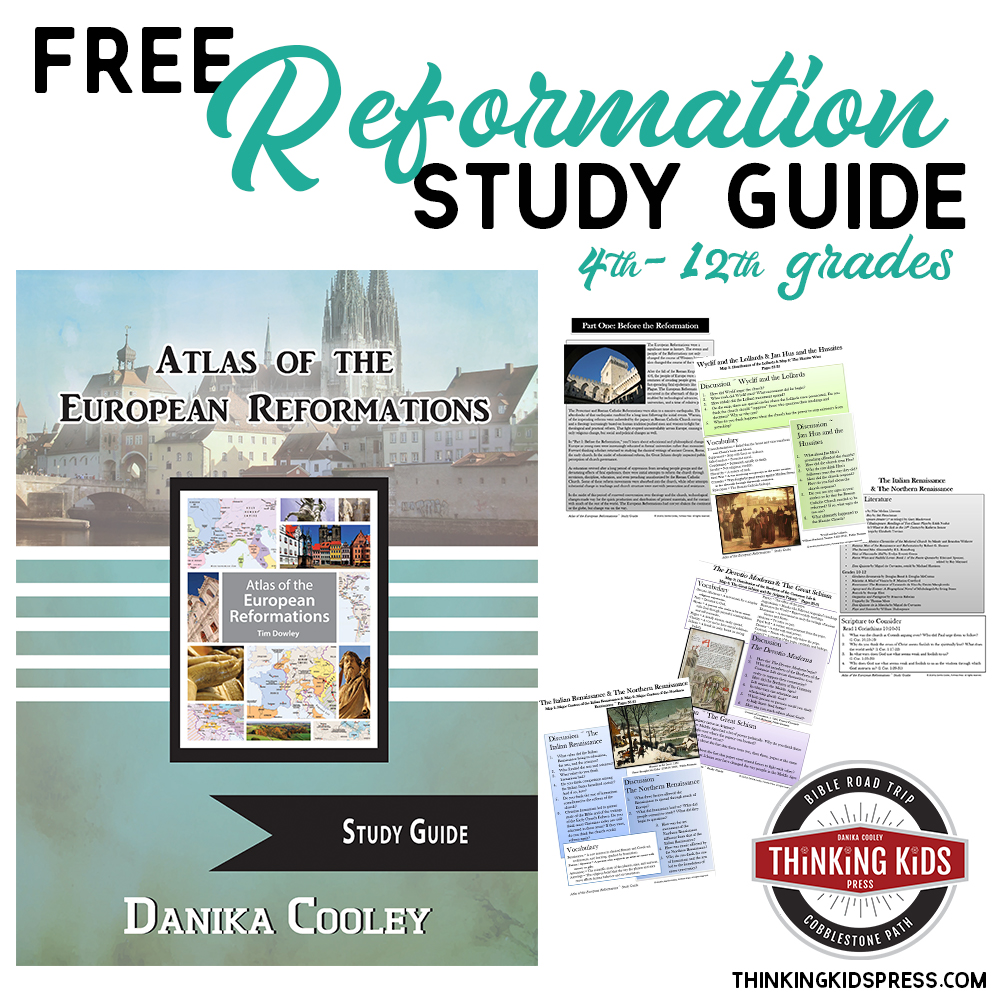

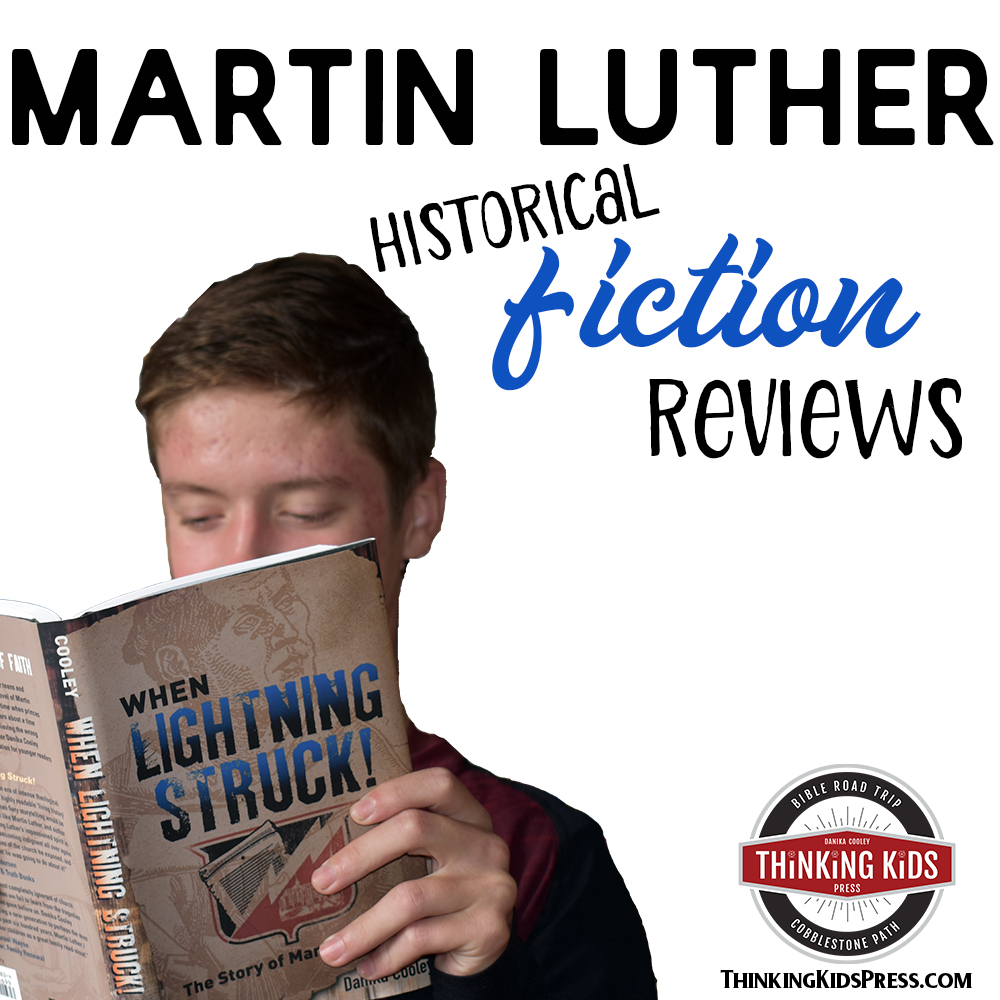
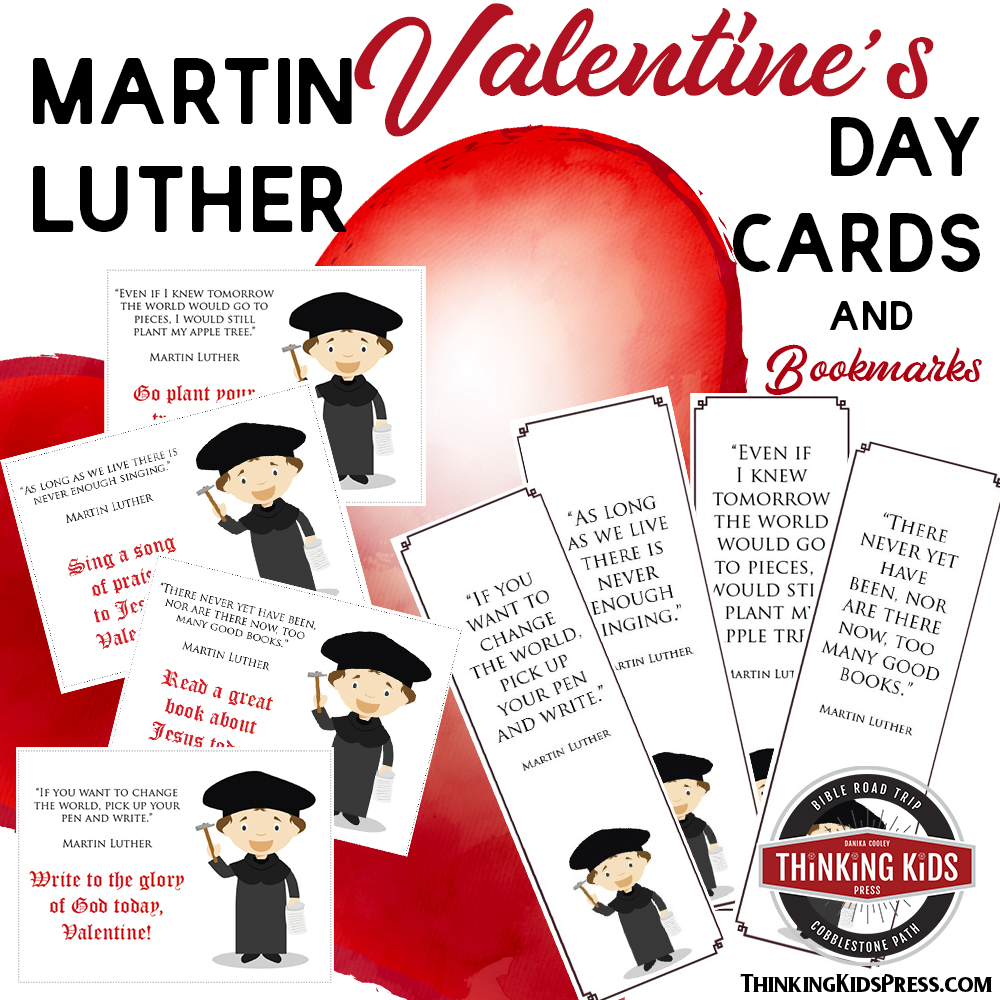
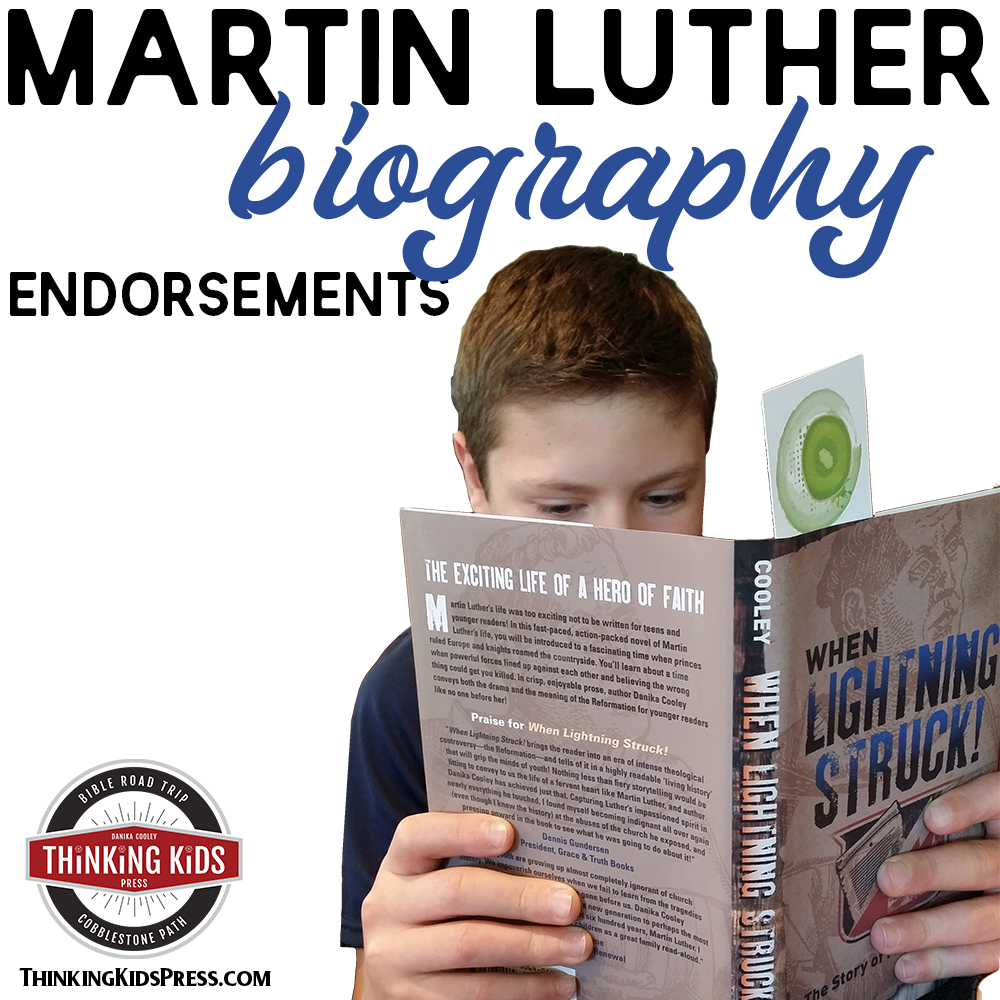
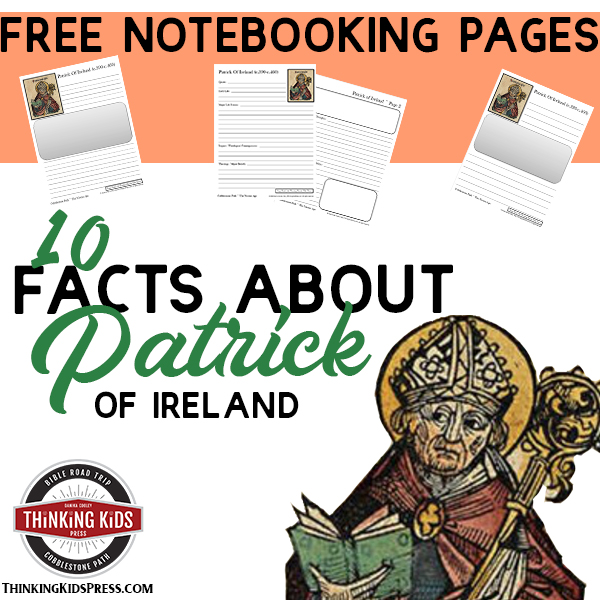

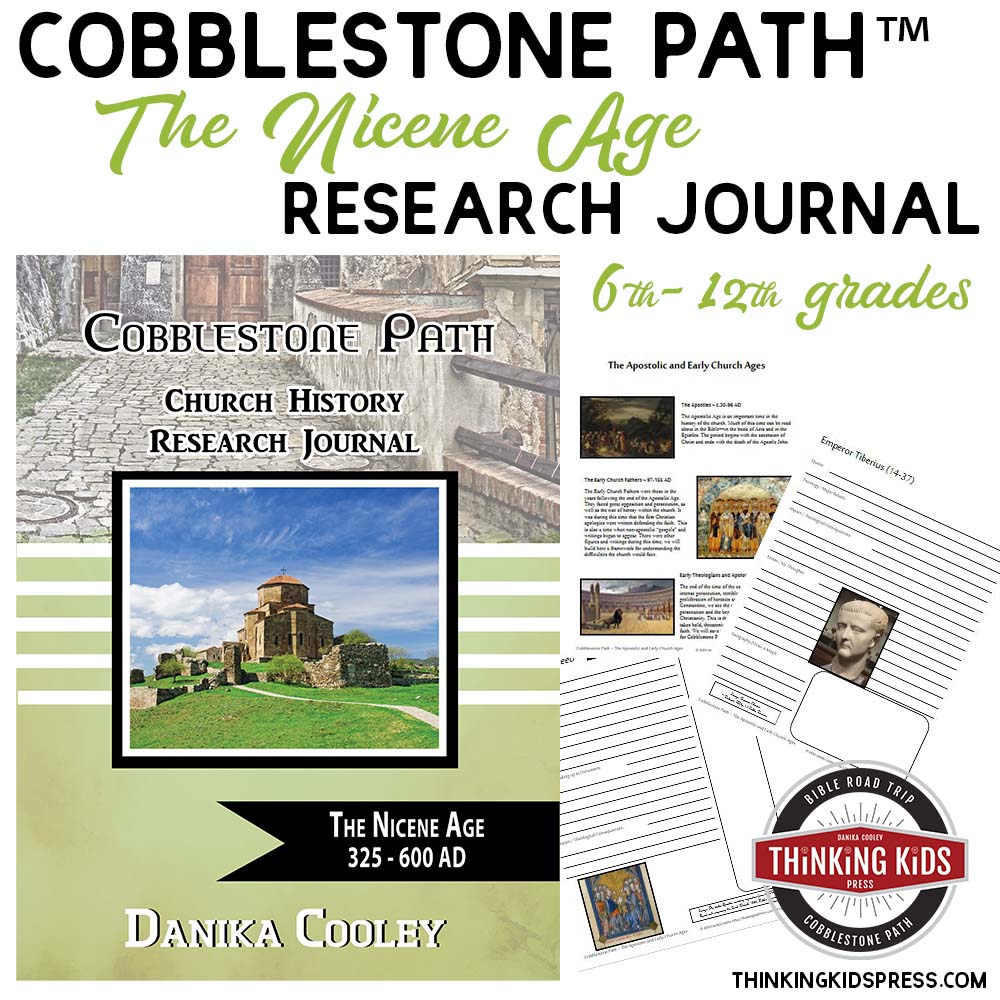
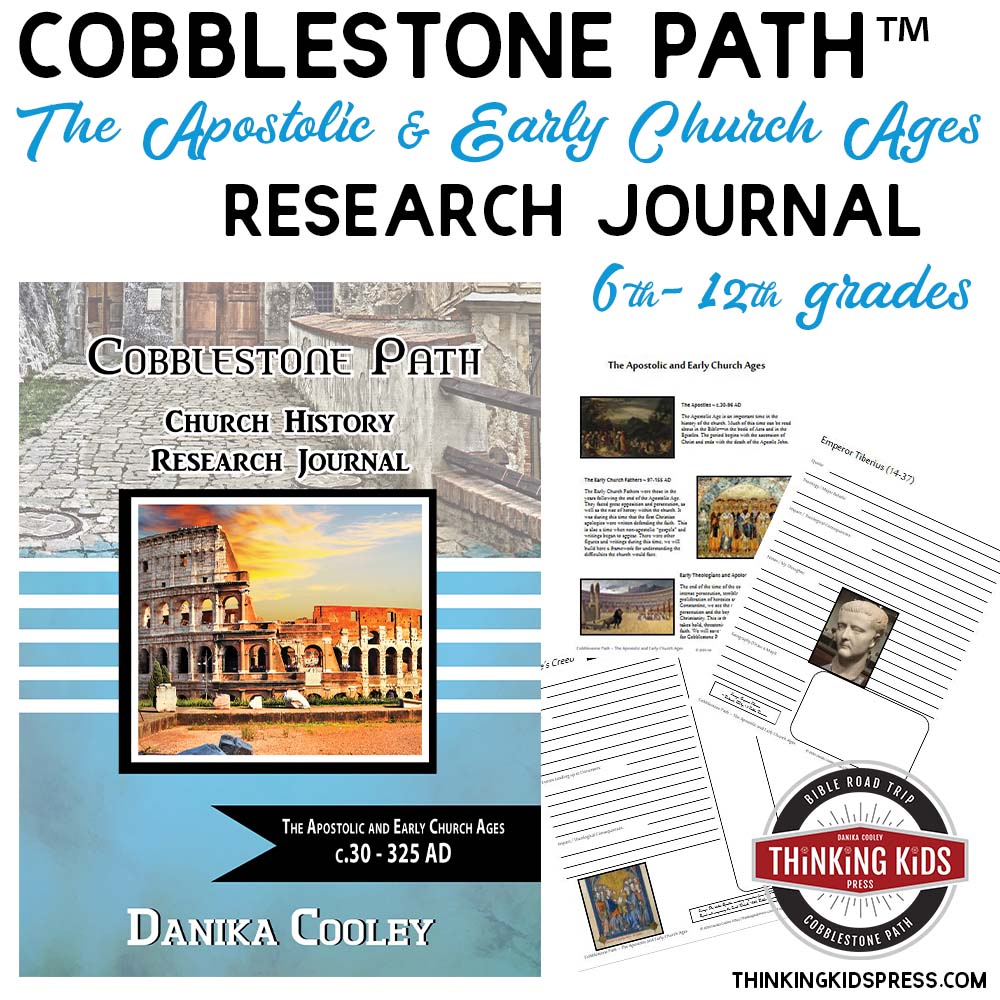
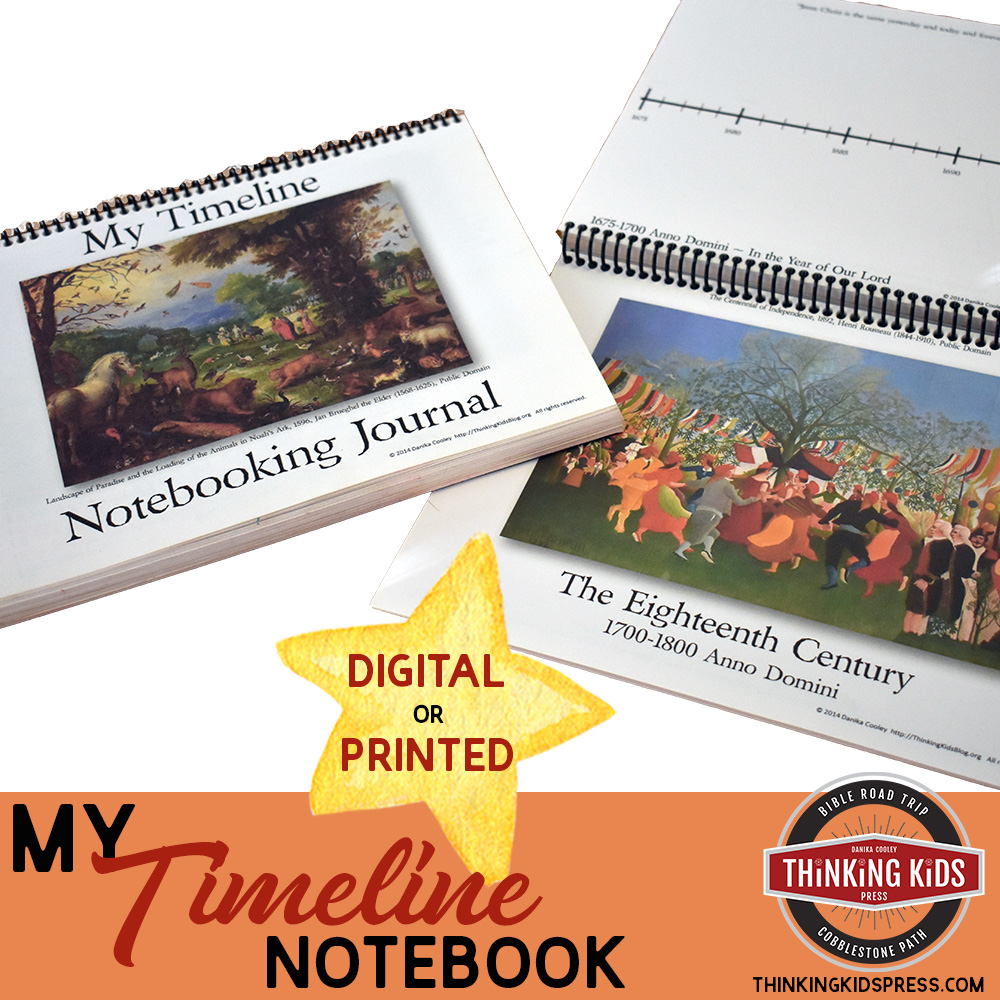



Leave a Reply